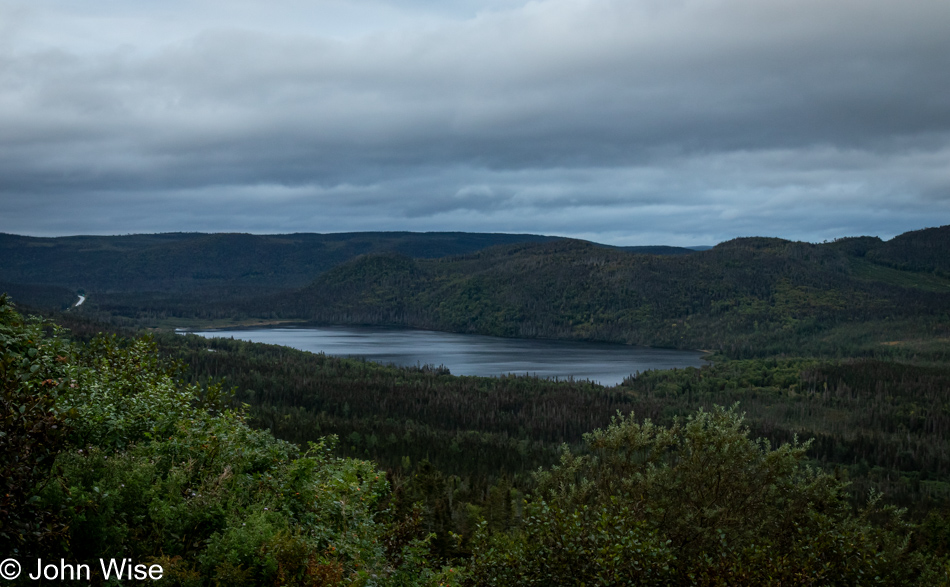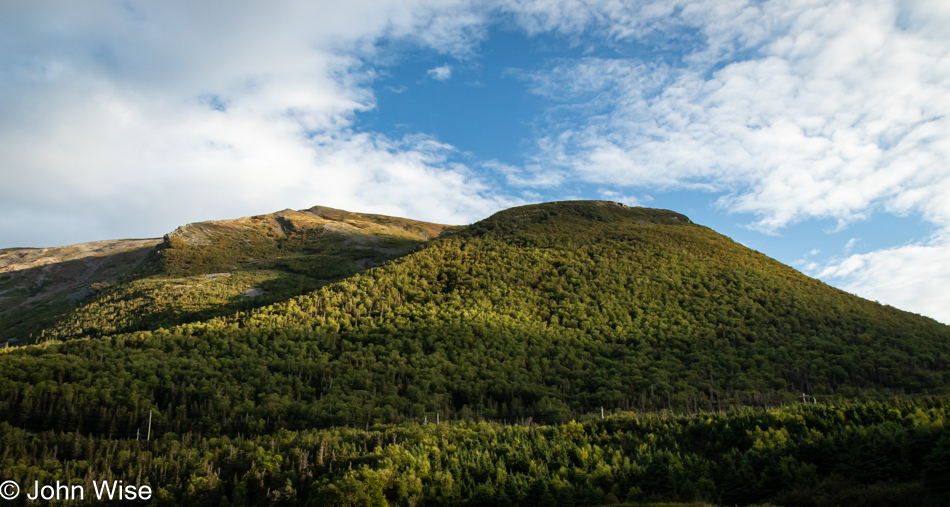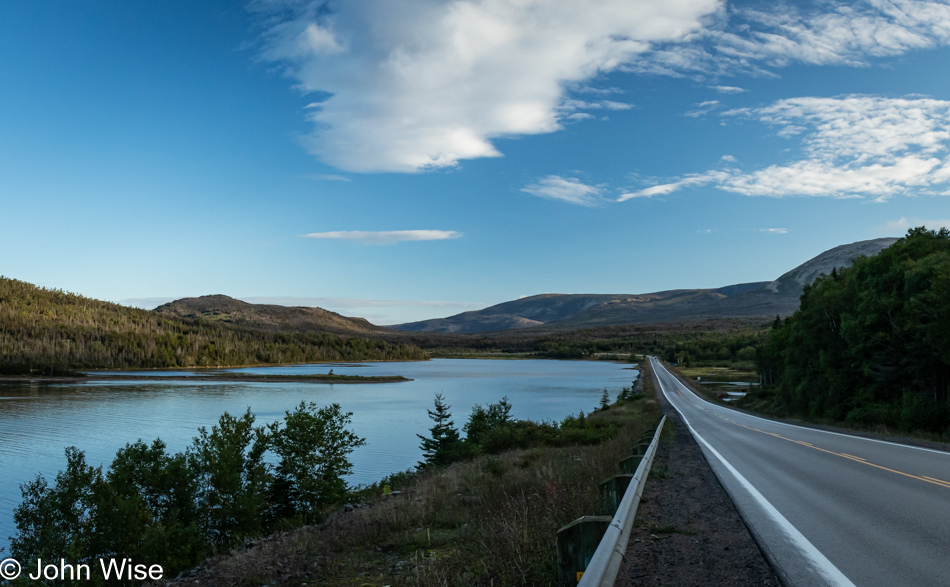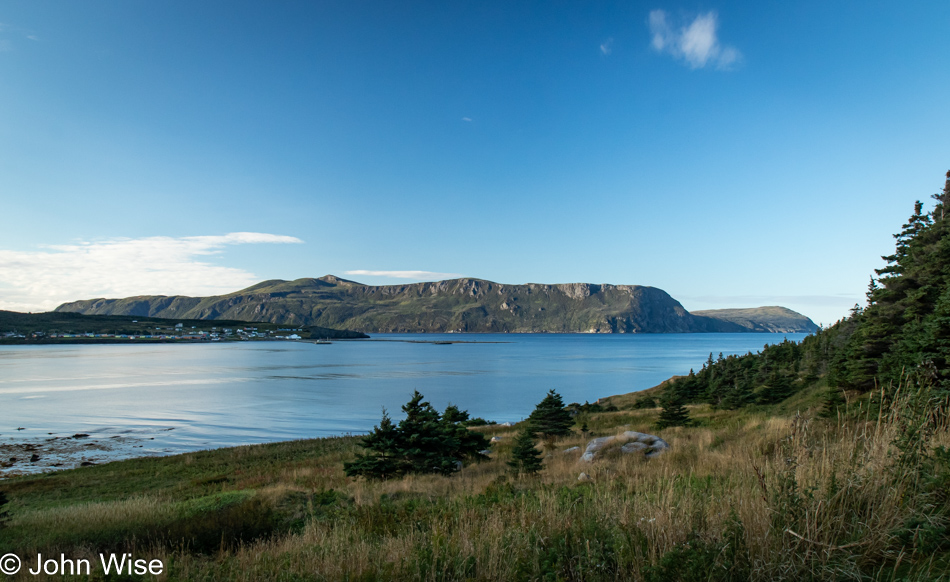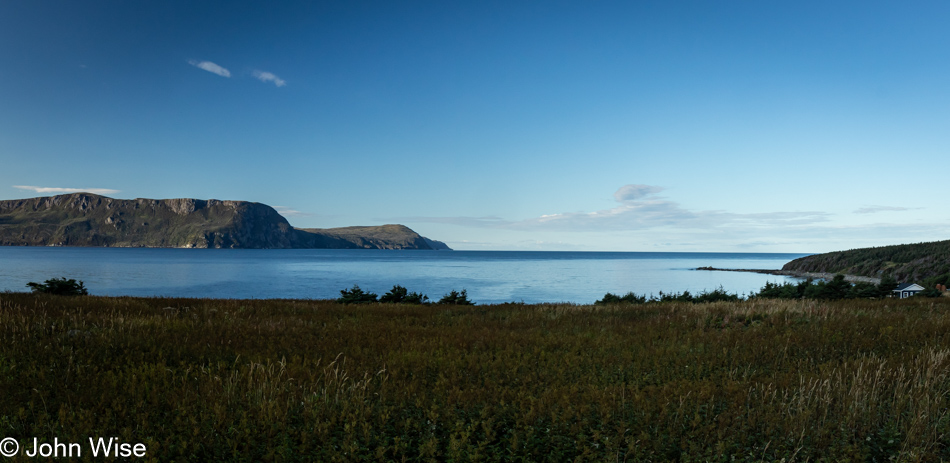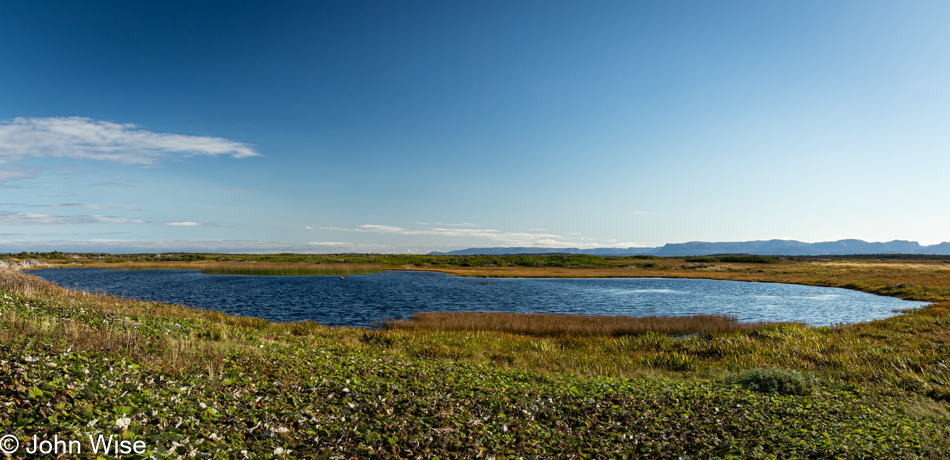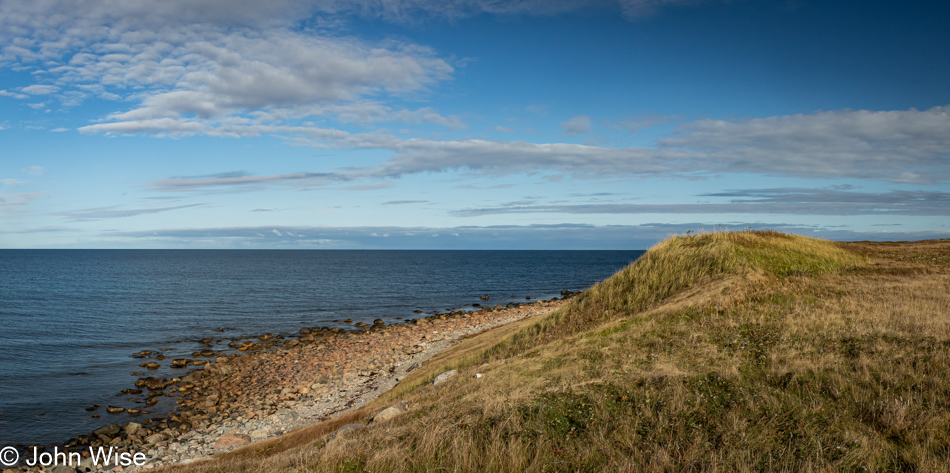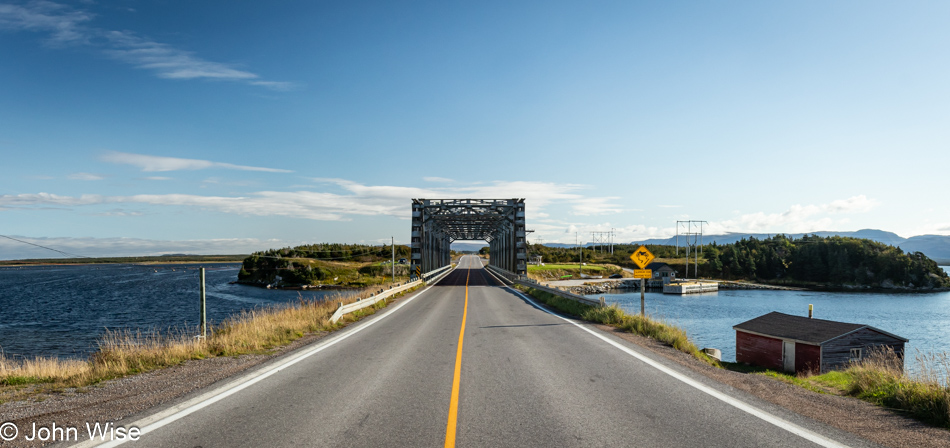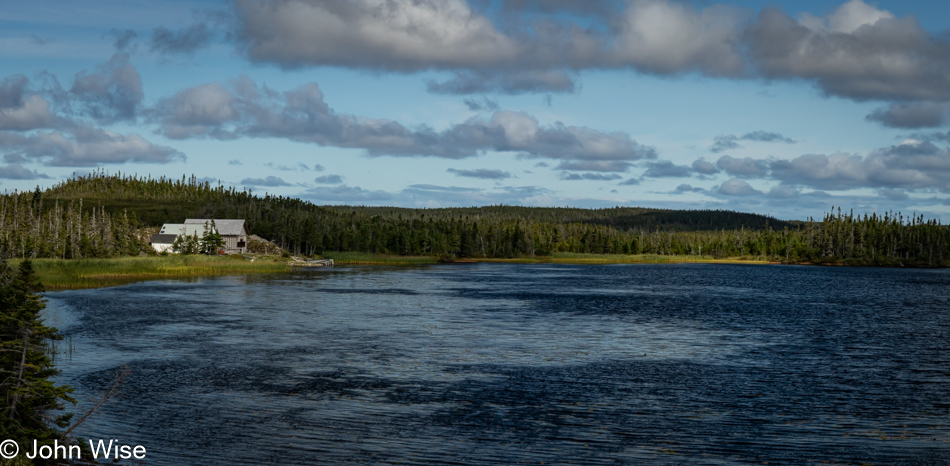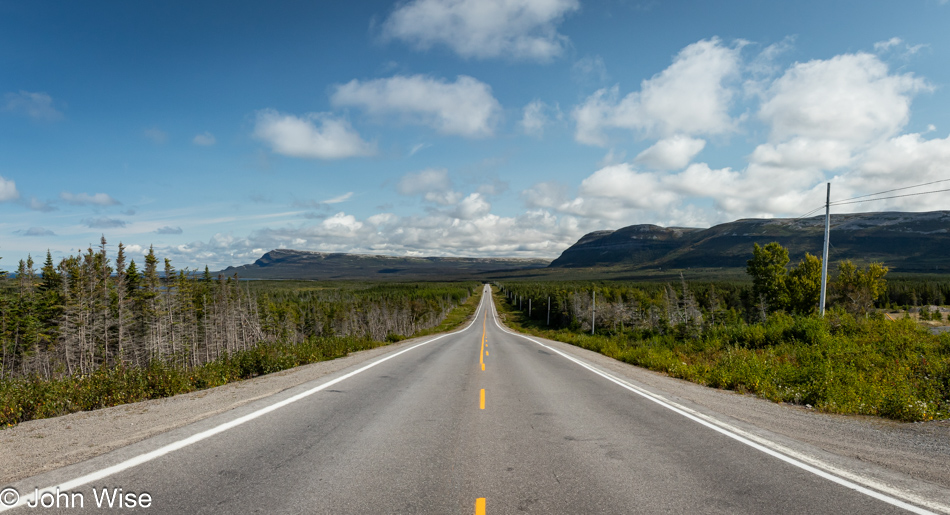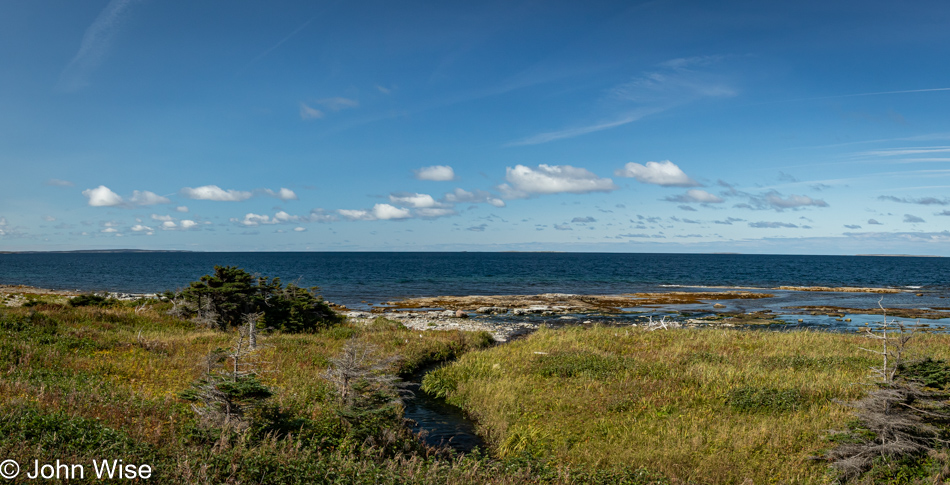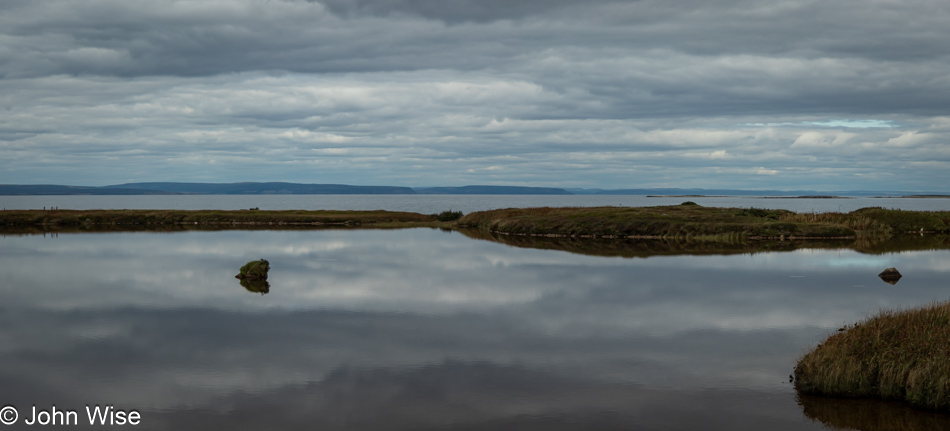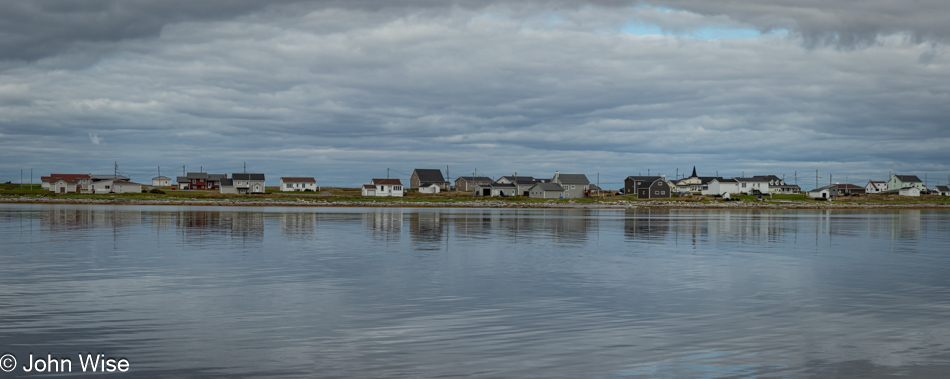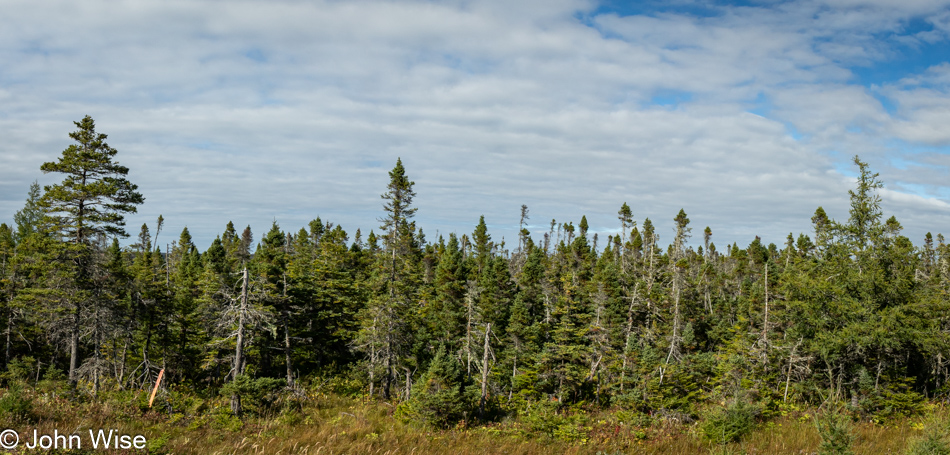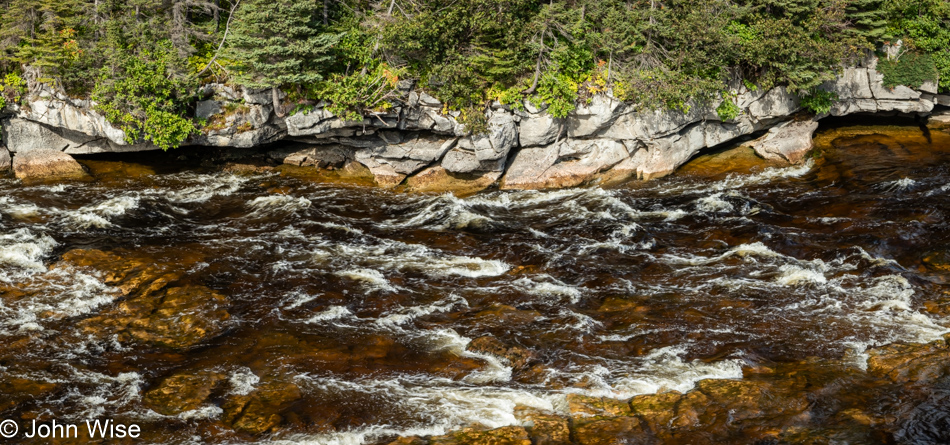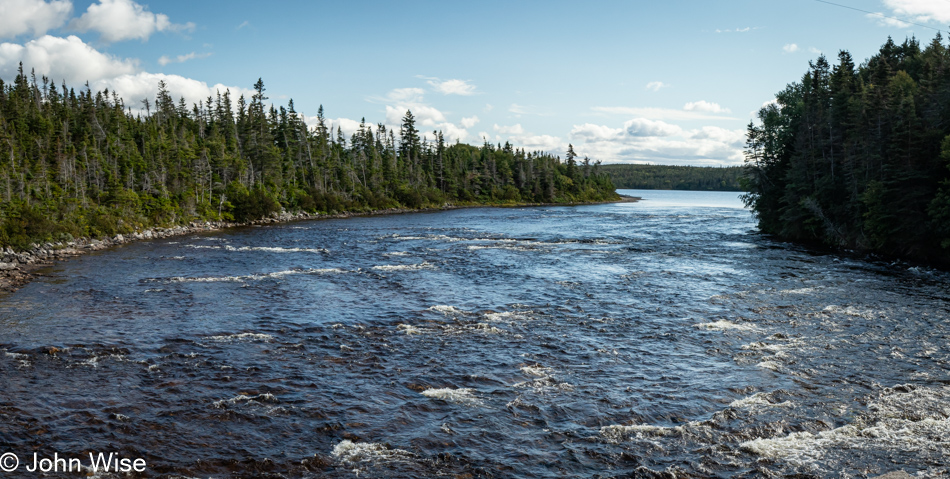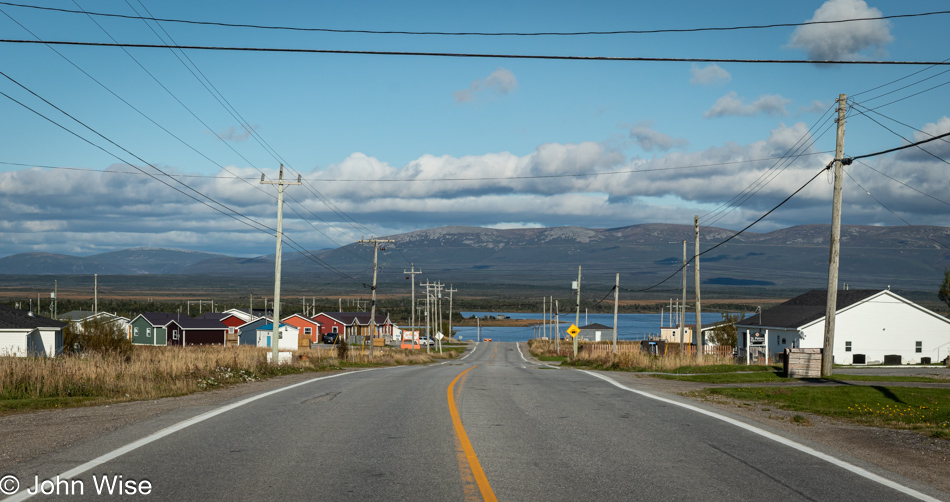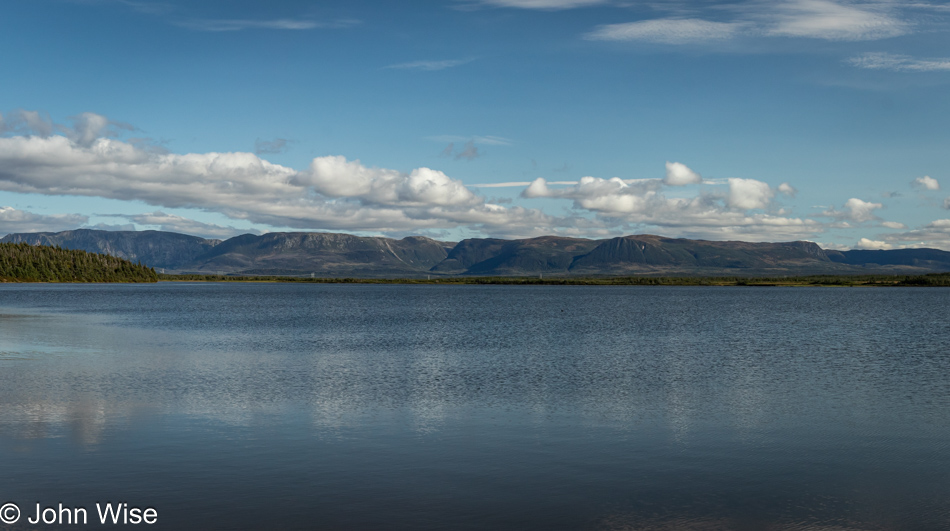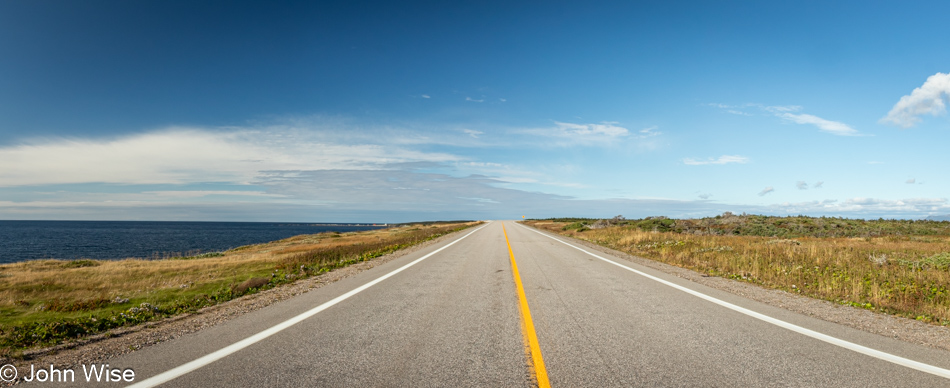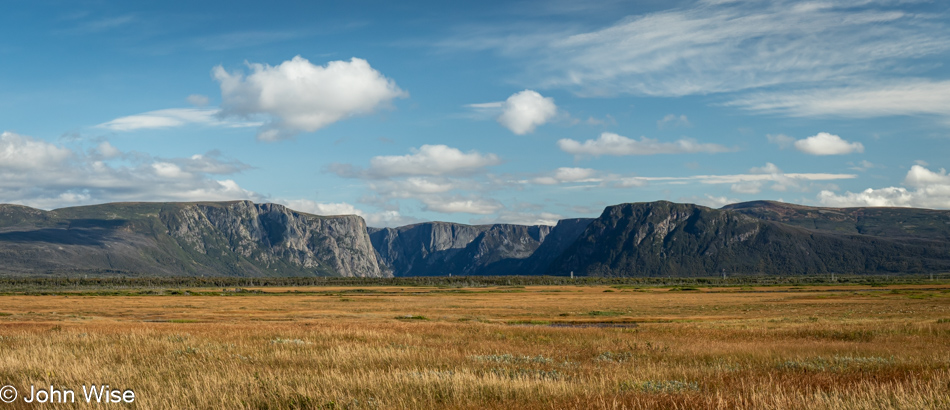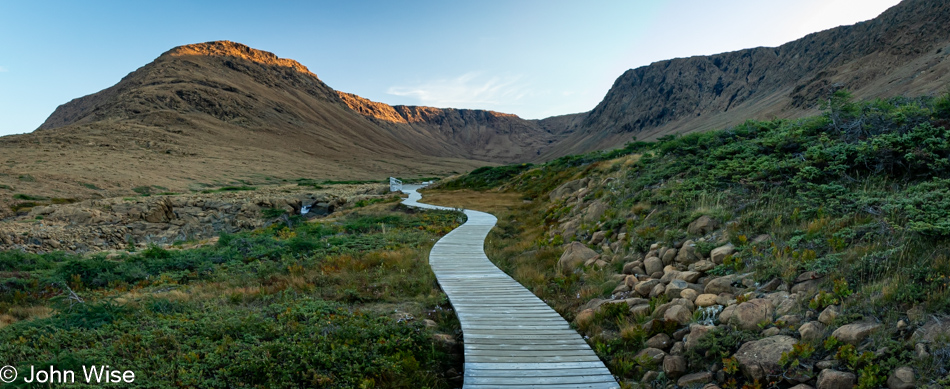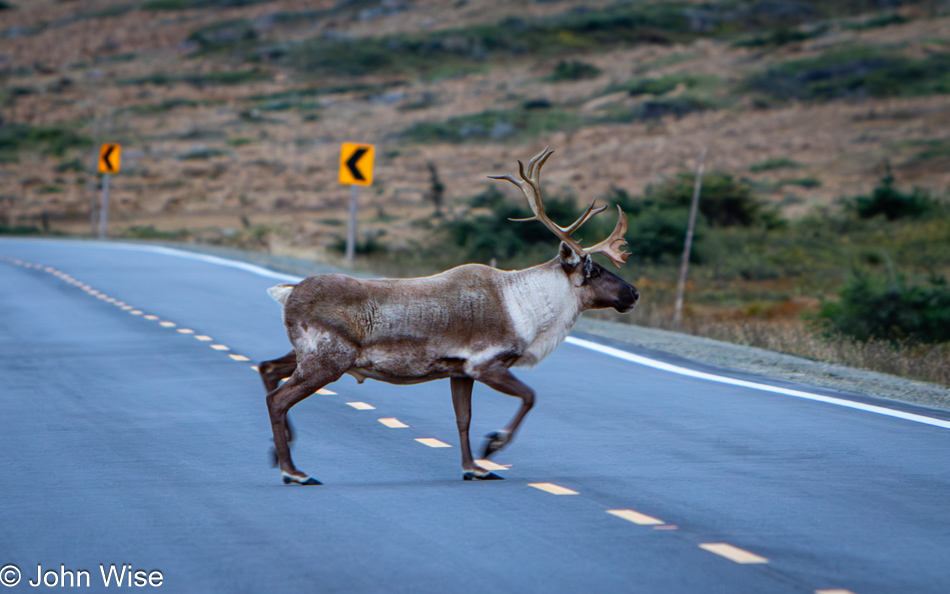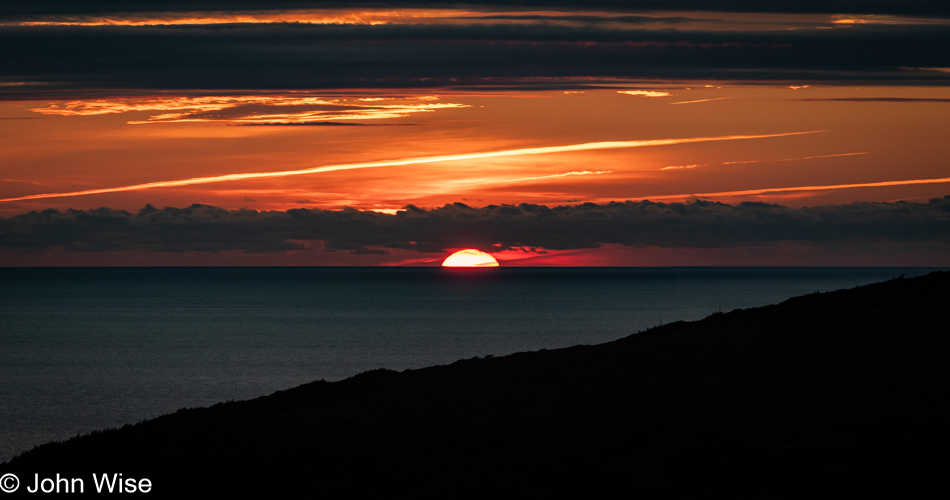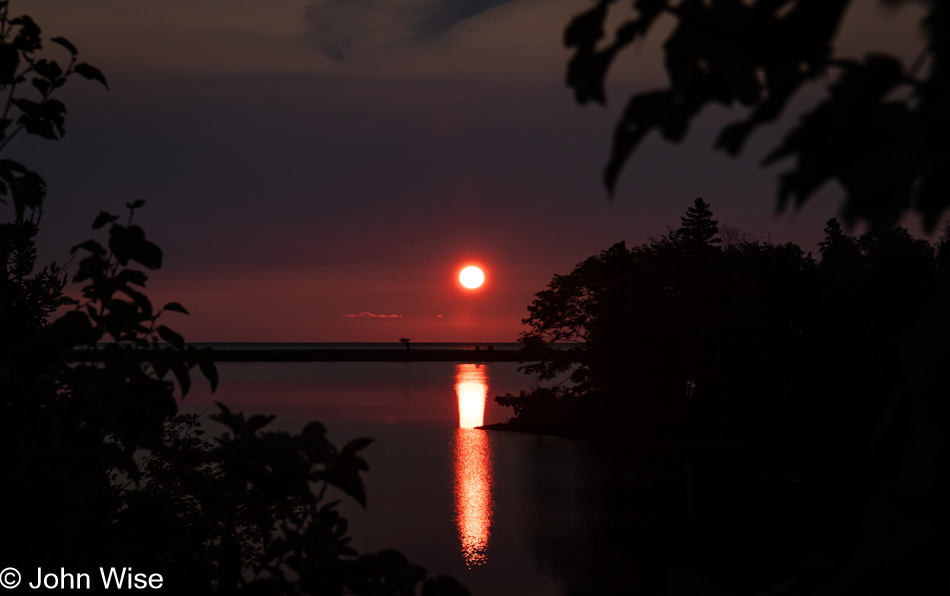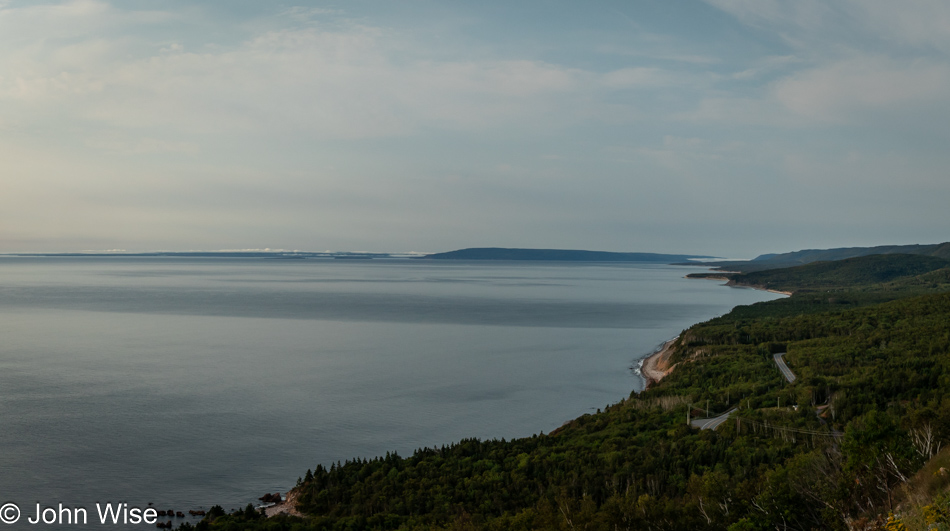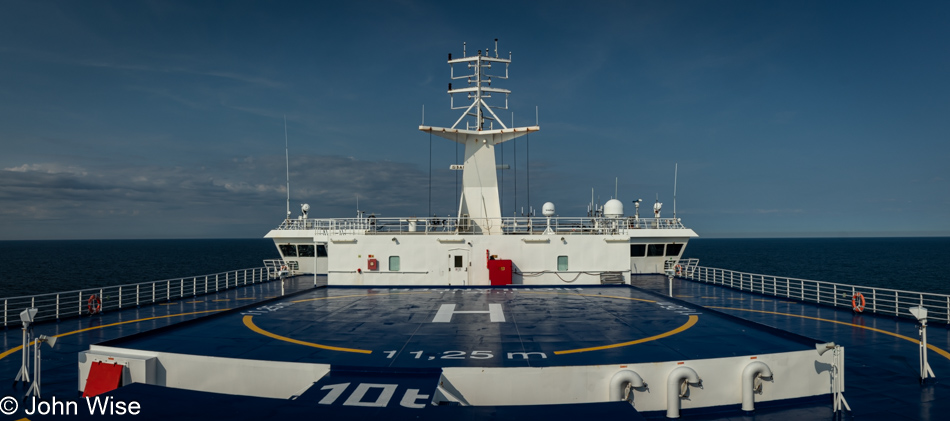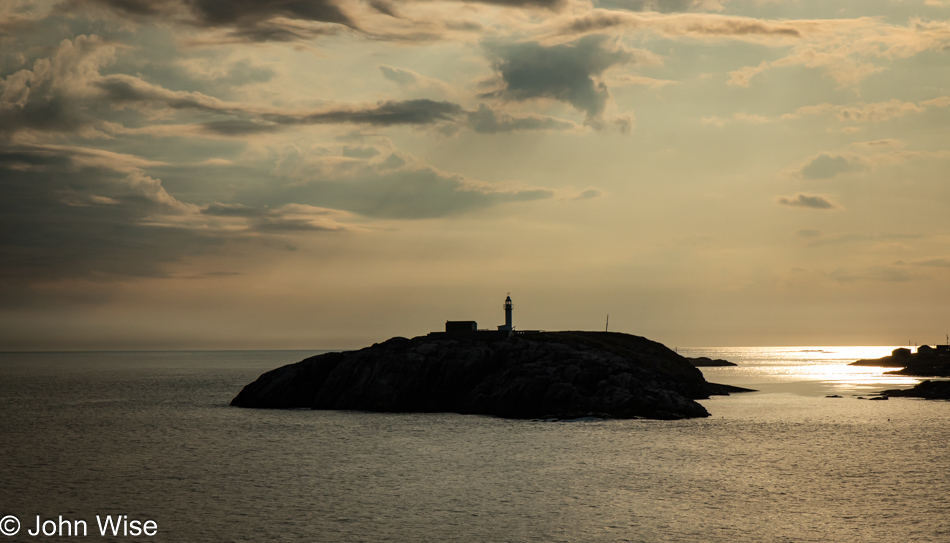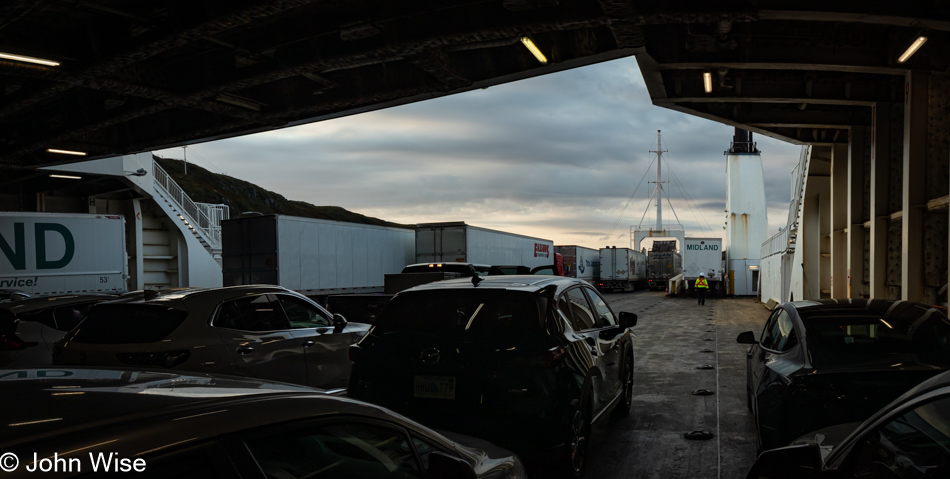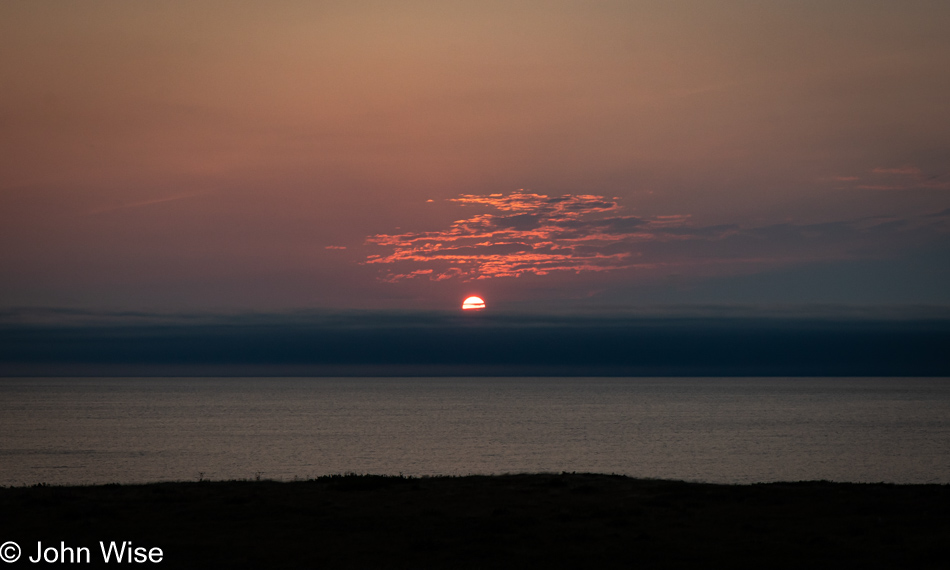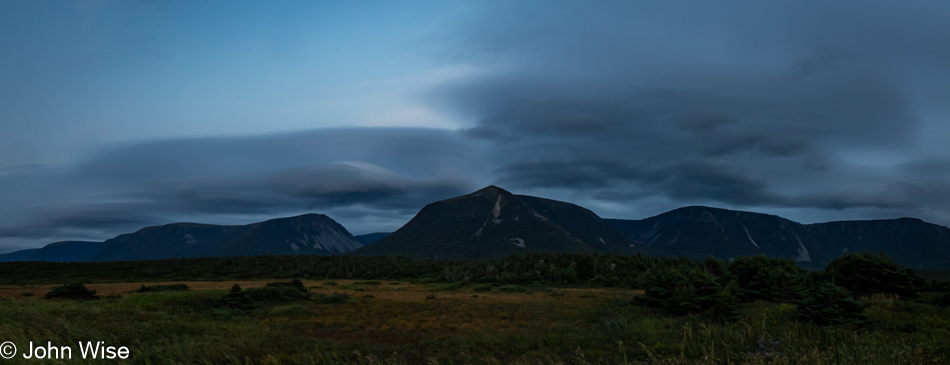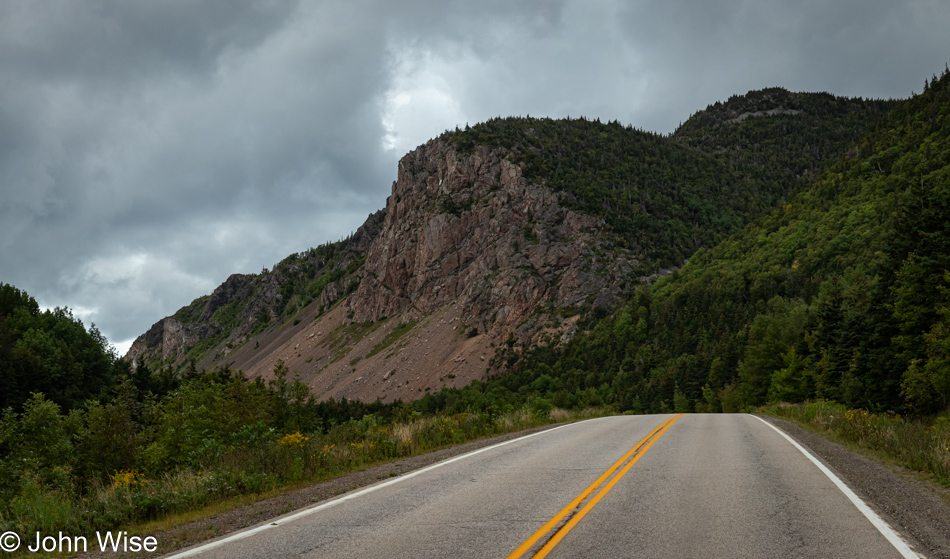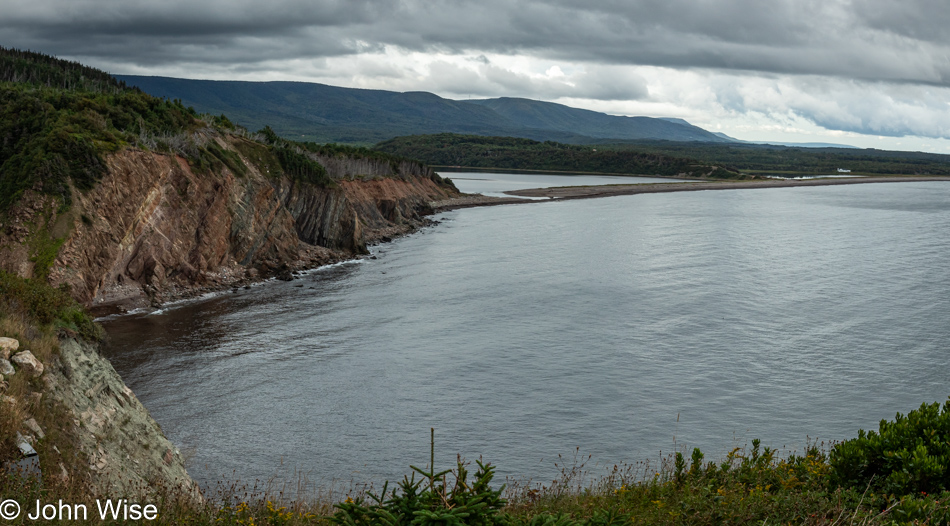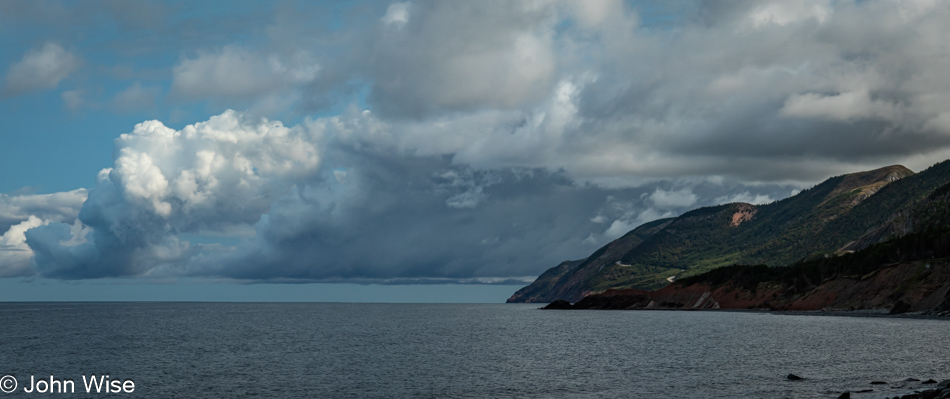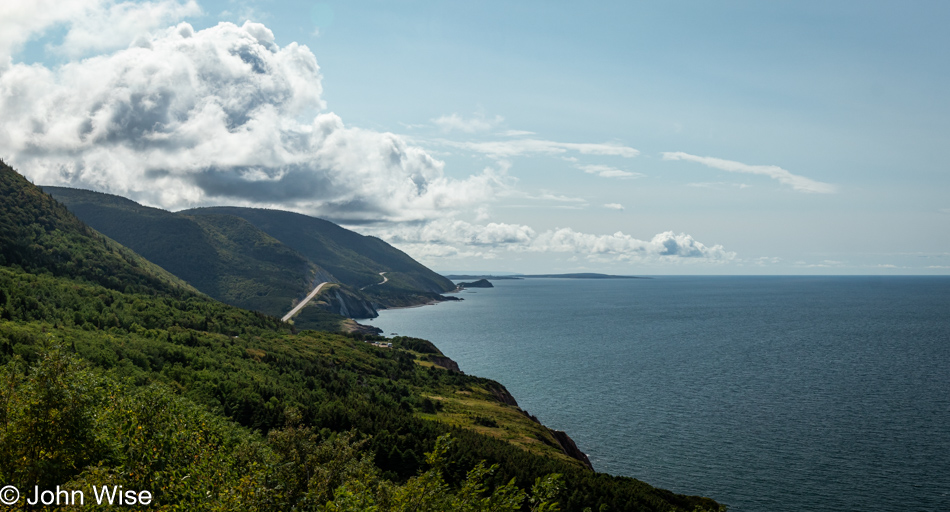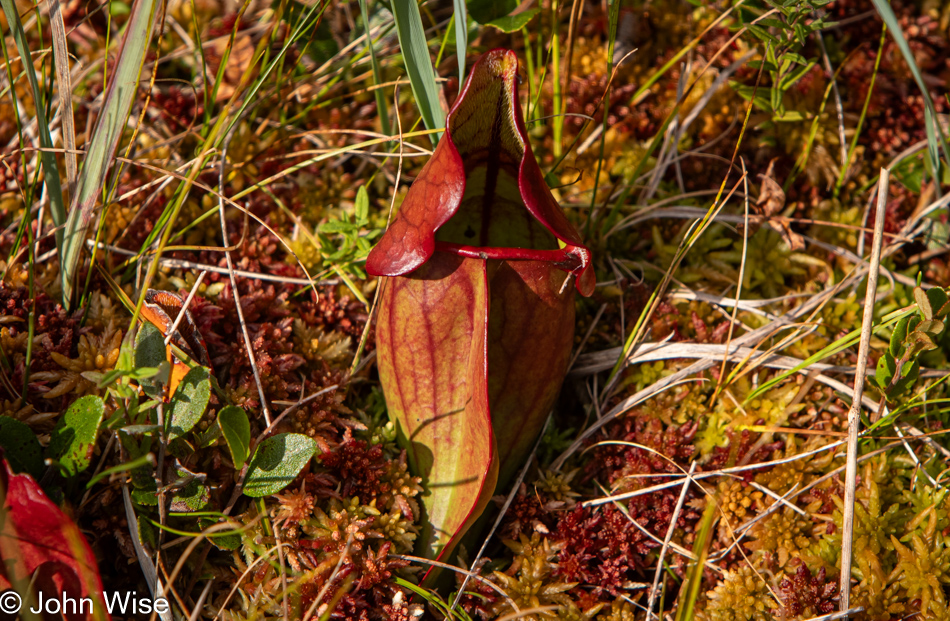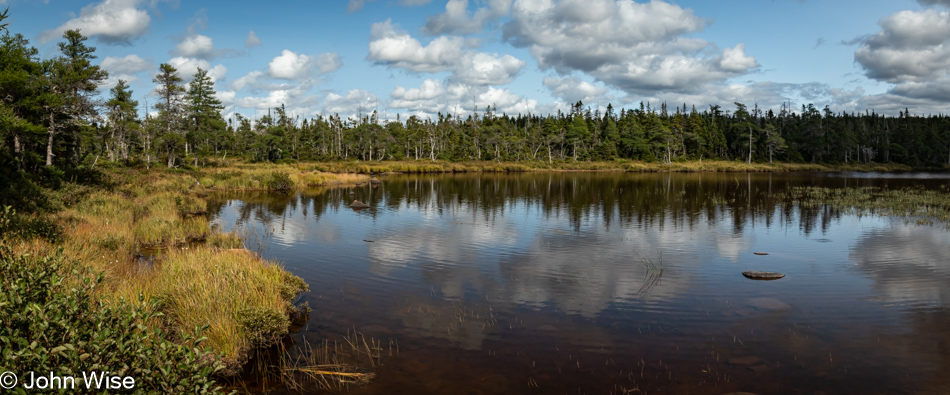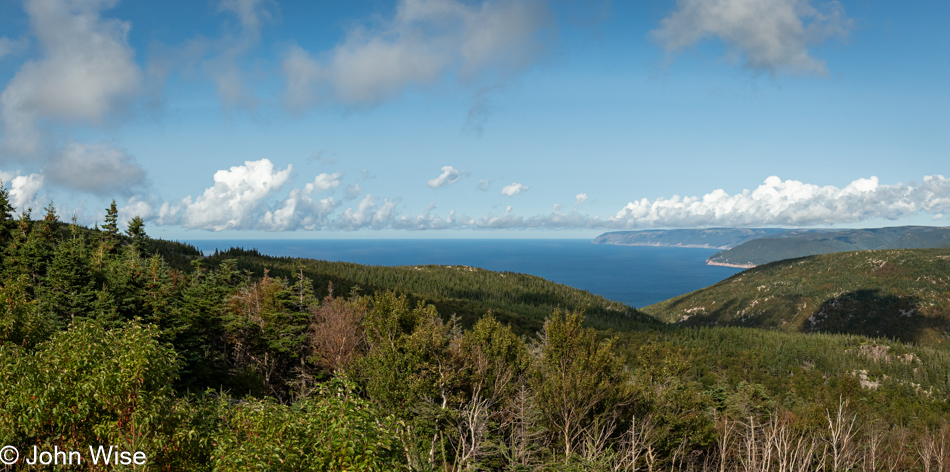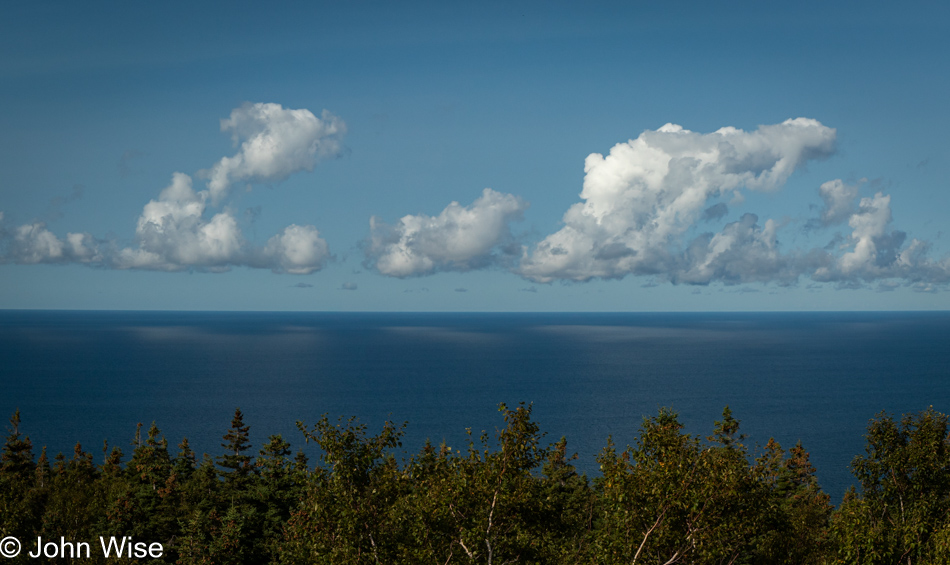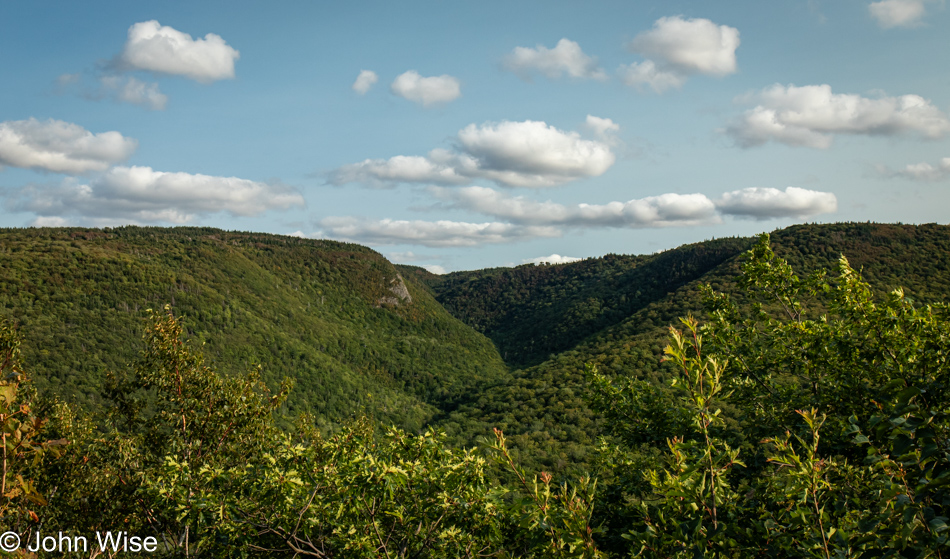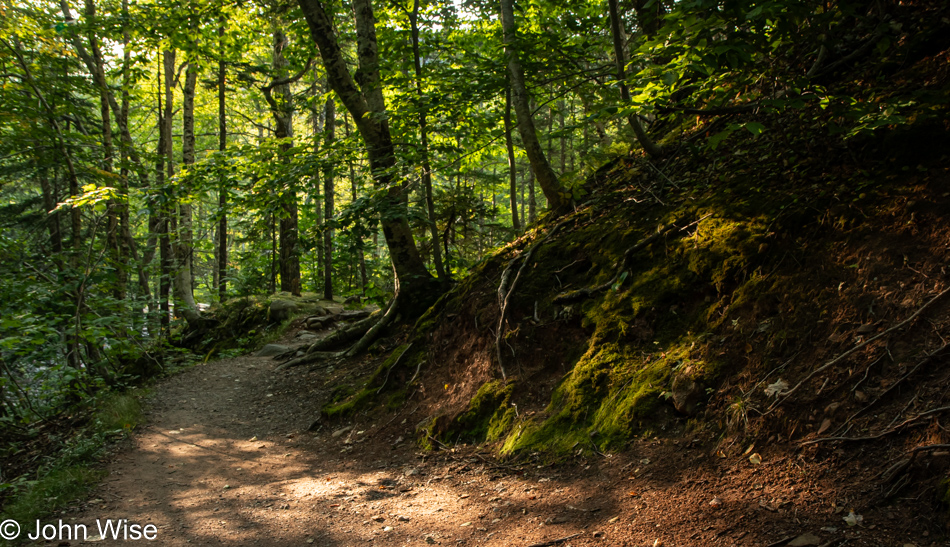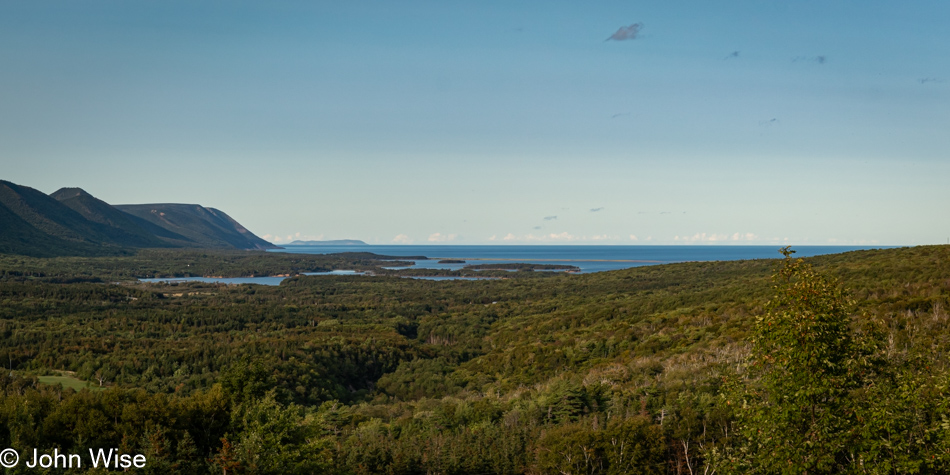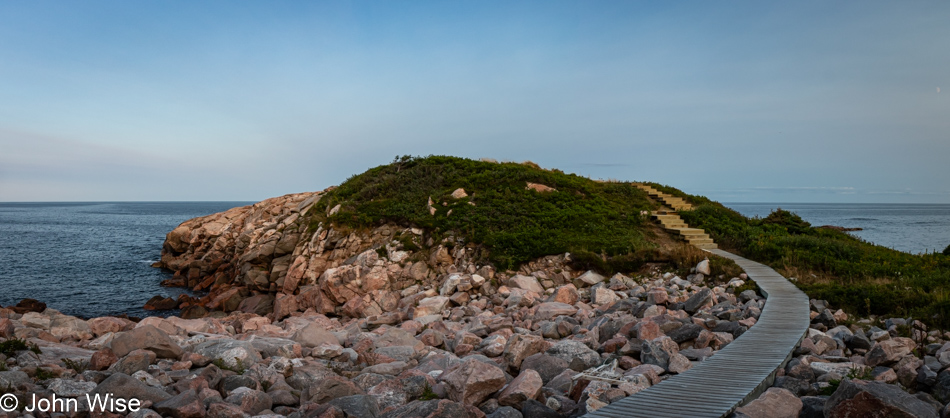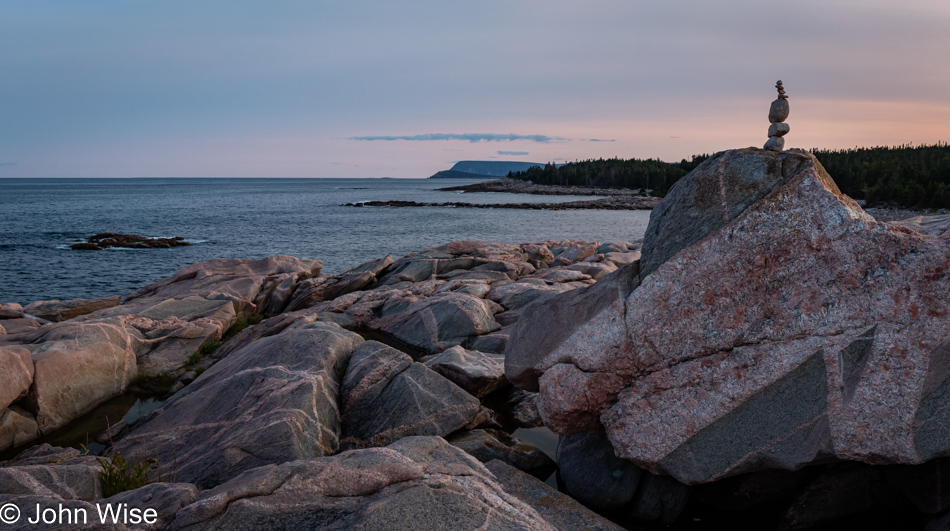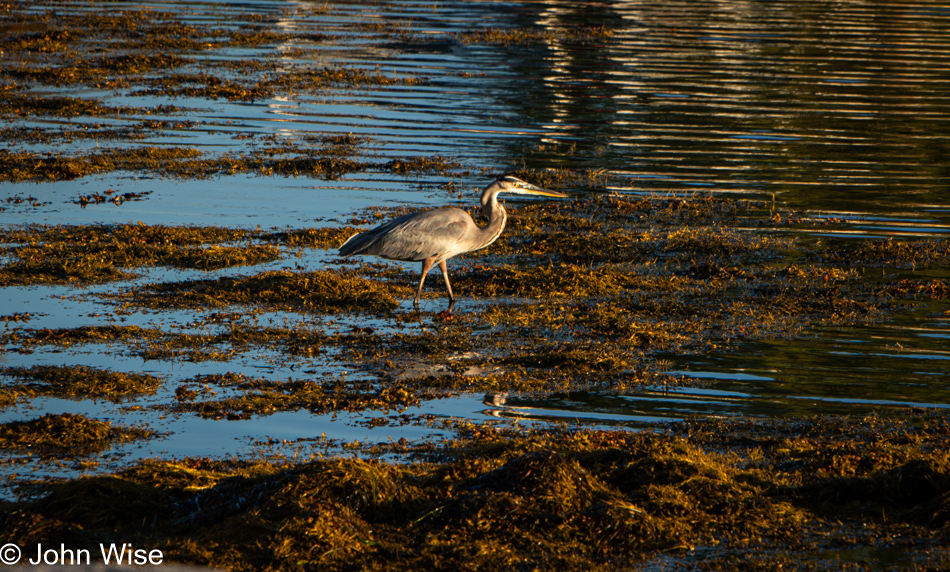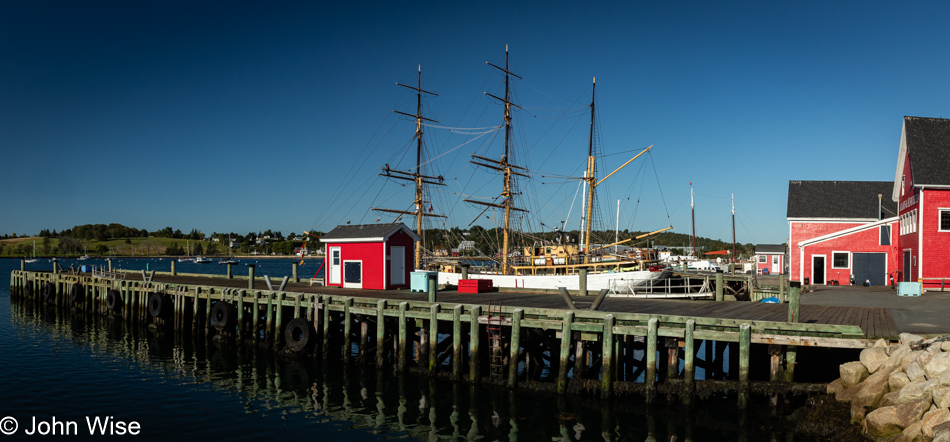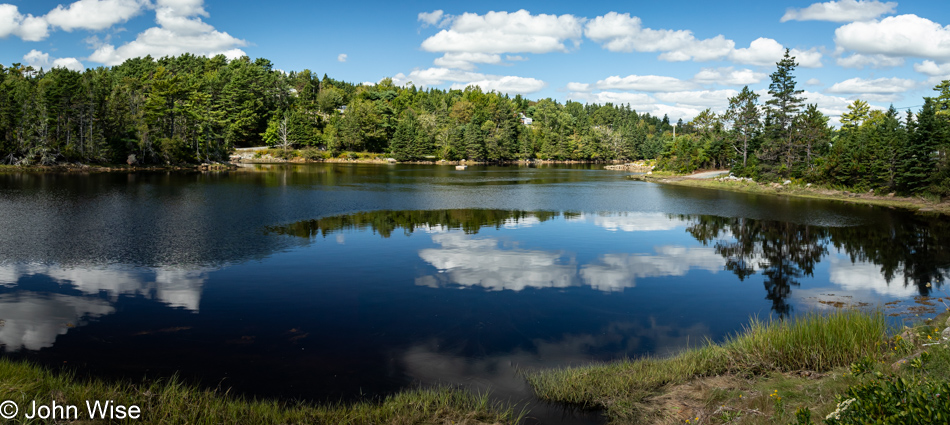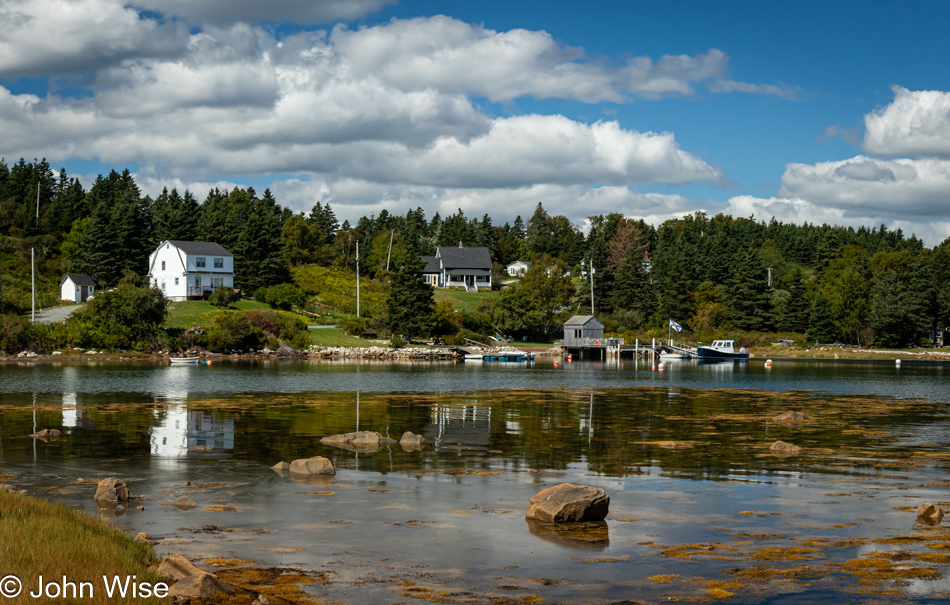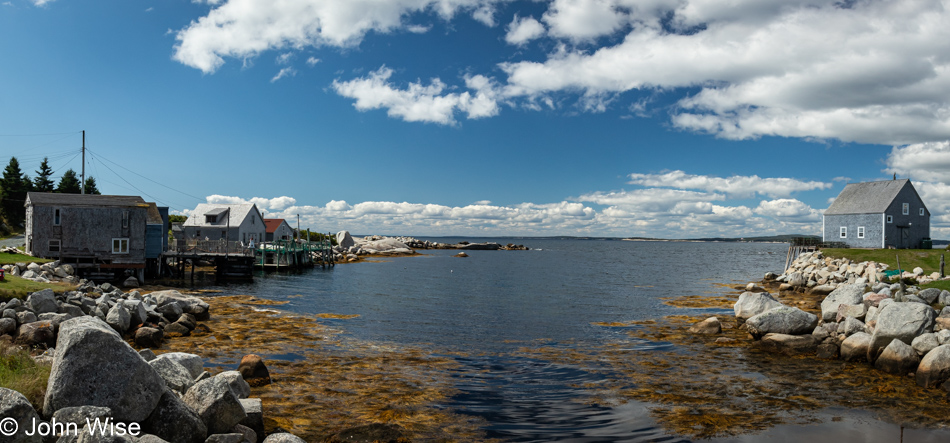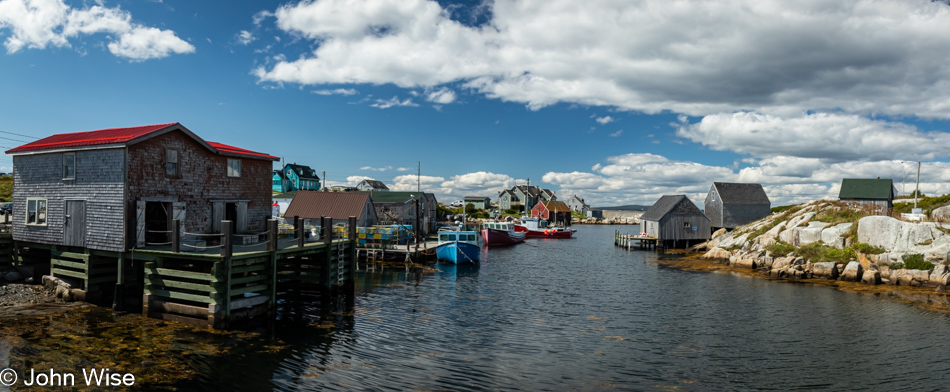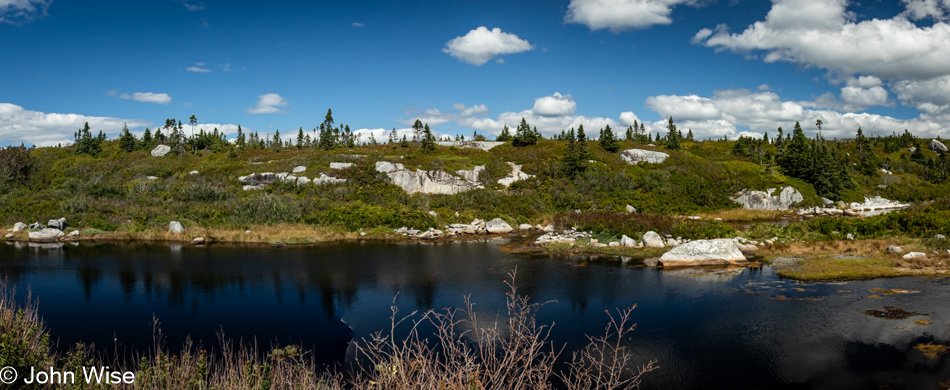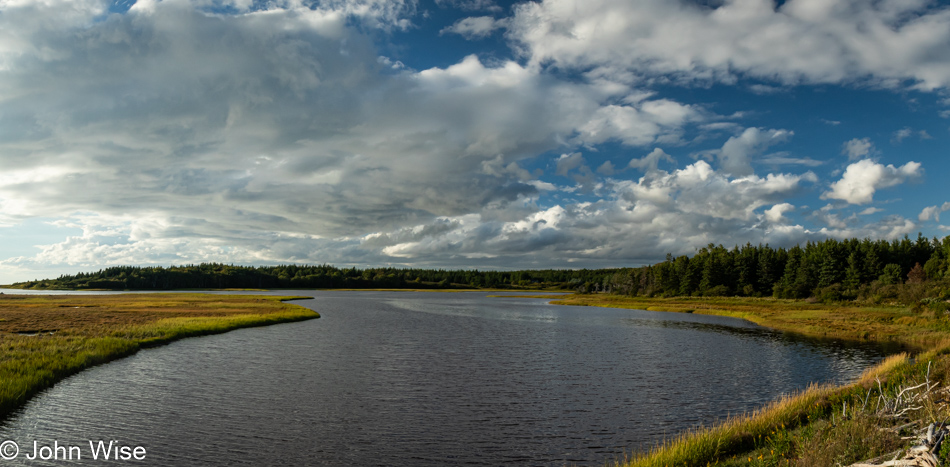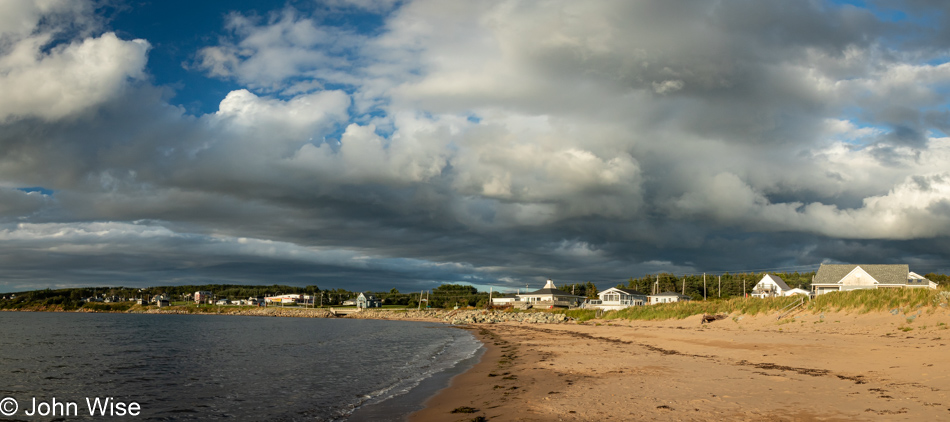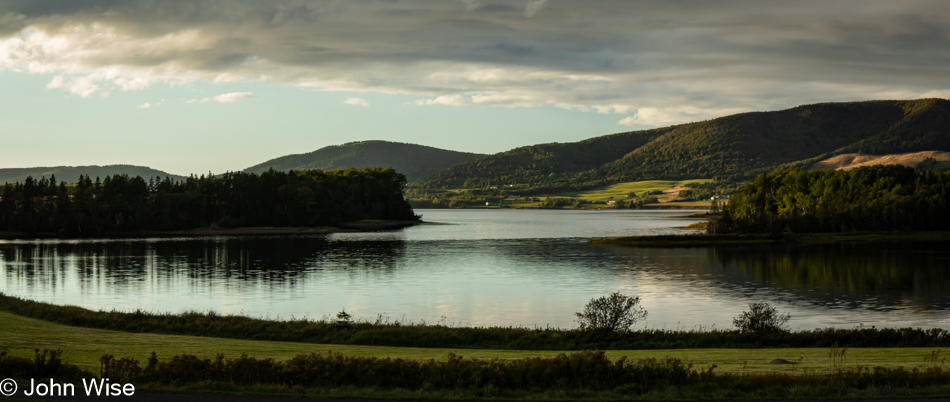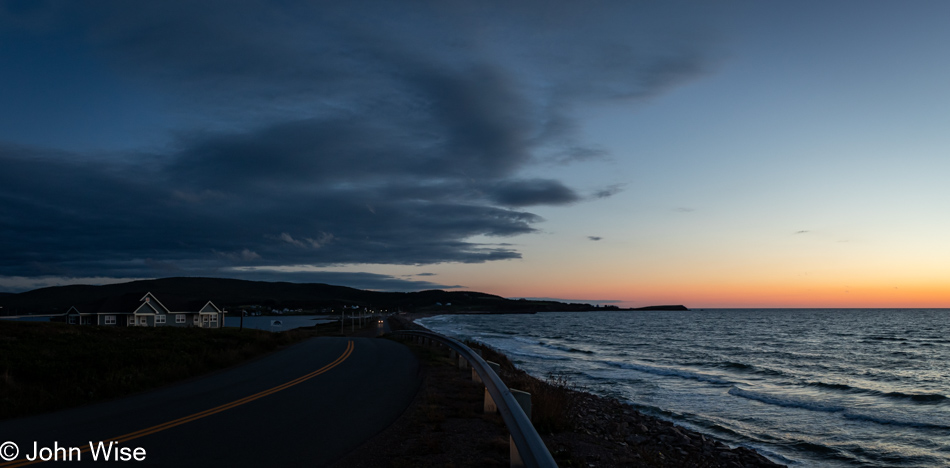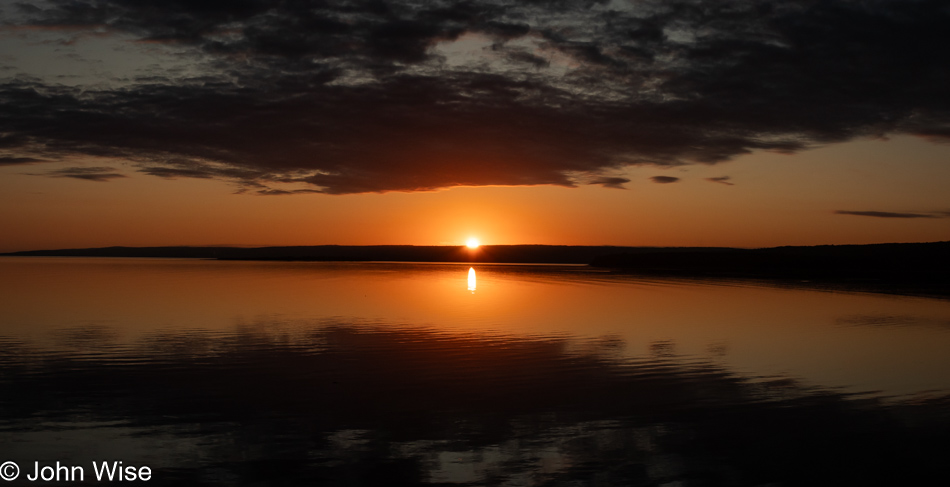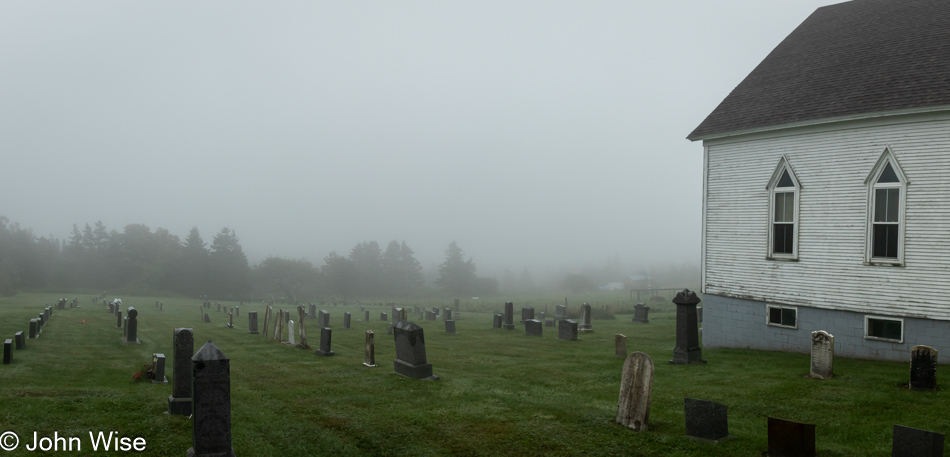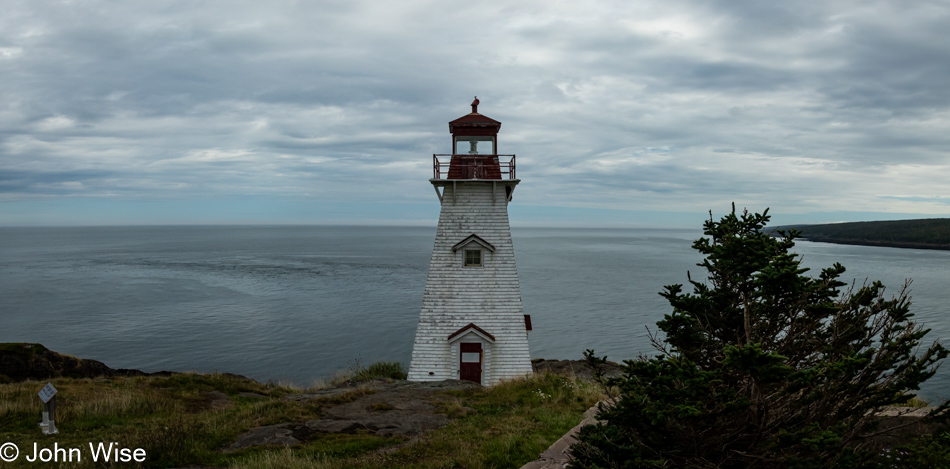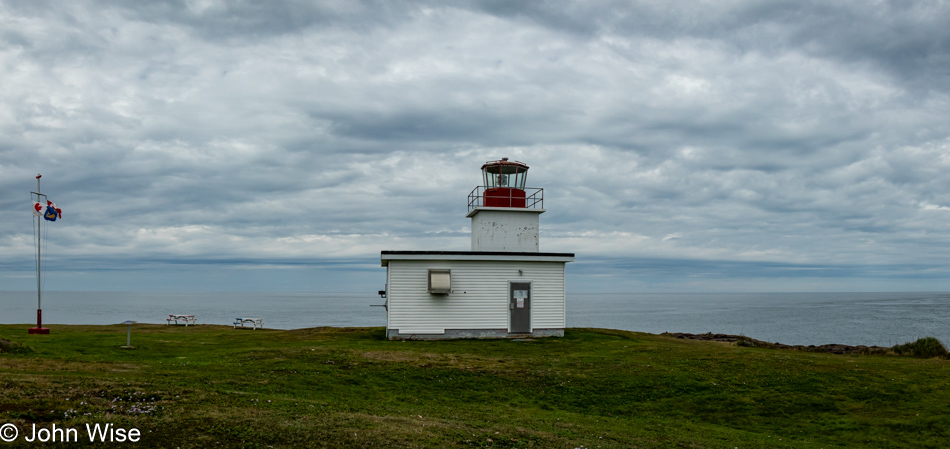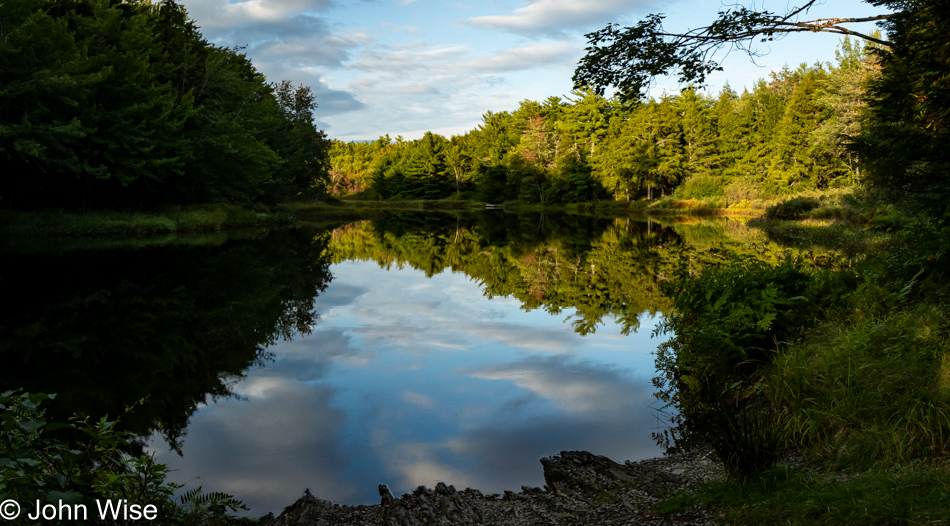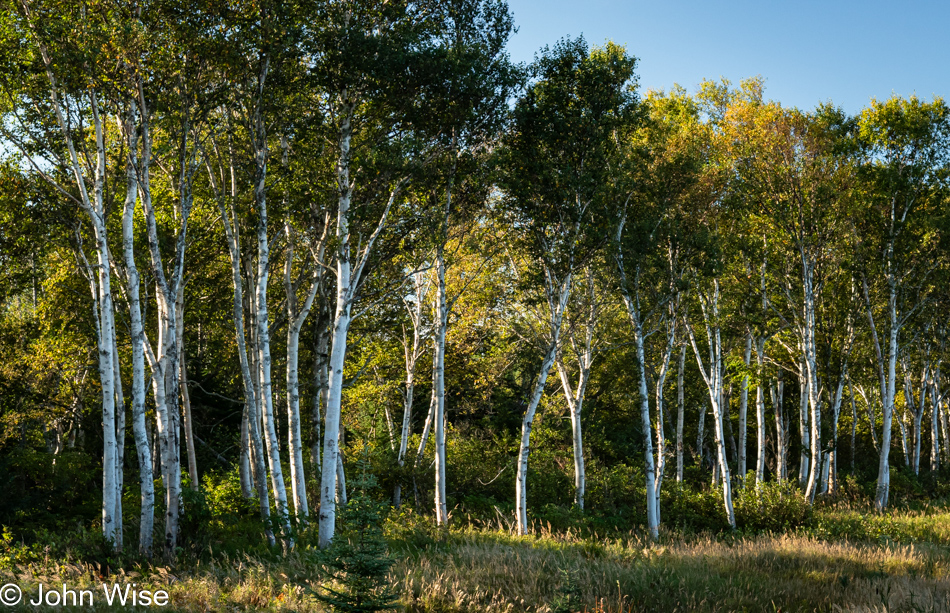
I’d love nothing more than to start this new day with a sunny report of how the unfolding wonders of amazement greeted us, and of course, I have the option to sanitize my notes because there’s no contract saying I have to share the screed I noted at breakfast, but maybe there’s something to learn from them as I age, so here they are: “A large group of seniors were already at the small buffet-style breakfast room. From the looks of the bus out front, this was a group tour. They are retirees acting in ways that reinforce my ideas that I’m not cut from the cloth that allows me to perform with the herd. Our ages are not all that different, but this cattle call involving a bunch of people in their late 60s, 70s, and 80s who are slipping into motion that mimics those of sloths while they don the cloaks of befuddlement with a lumbering oafishness makes me bristle. Like oblivious, self-absorbed teens, they are no longer aware of the world around them; their group has become a cocoon, isolating them from anyone who might enjoy exercising their determination to do things before their next birthday, still many months away. I am not one for group tours, cruises, stadium events, or anything else that pulls together a large mass of doltish troglodytes. I’m afraid this leaves me sounding like a grumpy old man. Yeah, I guess the shoe fits; if only I could use it to kick some of these people to the side.”
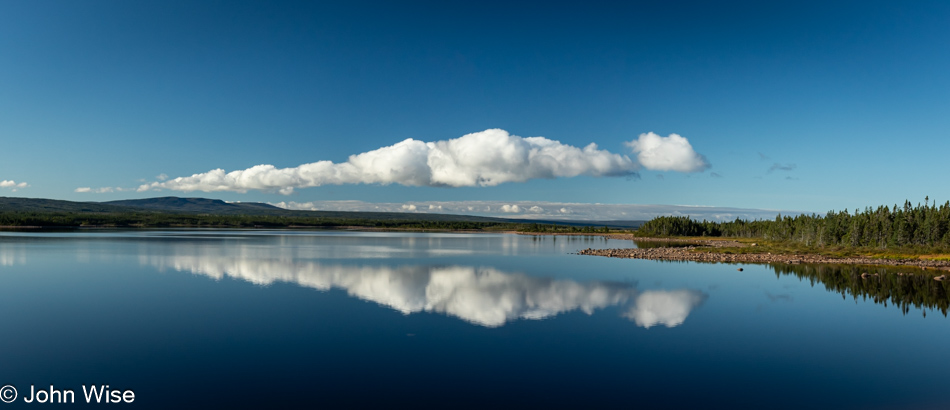
These moments act as a strong reinforcement of the need to remain active, be engaged and aware, maintain alertness, and work hard to hold on to the mental faculties that best exercise the mind. There are caveats I’m well aware of regarding this mantra, and they relate to issues with myself or my wife that I can’t anticipate where something or other will befall us, limiting mobility, intellectual acuity, or stamina, maybe everything all at once. In the arrogance of relatively good health, I can claim that my time in the world will, at some point, have to suffice as the totality of major experiences acquired to that point of a kind of disability, but what if I’m not satisfied at that time, what if I desperately need one last hurrah? Maybe that is the commonality of those on the bus tour, though I don’t think so. To keep speaking from my ass, I believe they all waited until retirement age to start living their dreams, and somehow that translates into, “I no longer have to be in a hurry for anybody else, nor do I have to demand a damned thing from my brain as my mind and body have worked enough during this lifetime.” Again, this compels me to rage against allowing myself to languish, so maybe the lesson they inadvertently teach me is more valuable than the guilt I feel for writing such rubbish and demonstrating my gross intolerance.
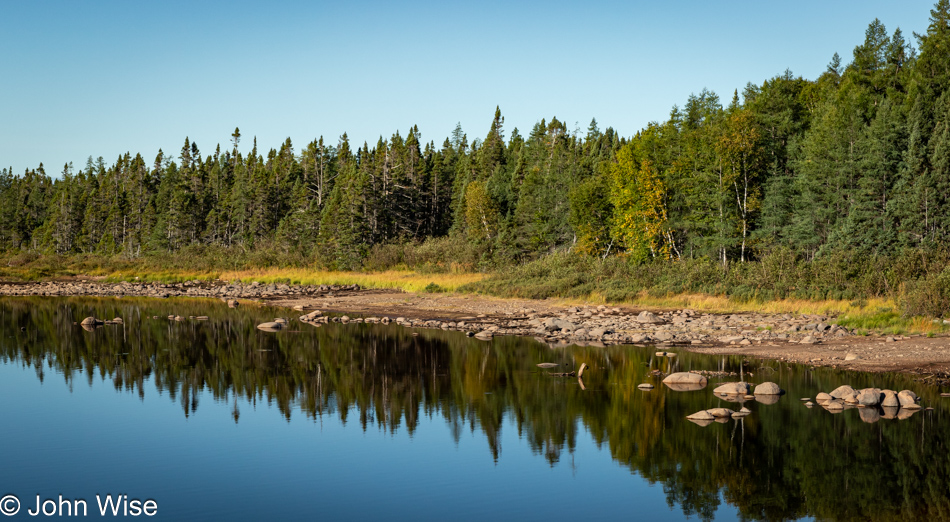
It’s time to move on. It was 8:00 when we finally left our hotel, filled the gas tank, and replenished the ice chest. The first photo was of birch trees. Why did we need a photo of common birch trees? While they are found in Flagstaff, Arizona, and other corners of our state, they are not to be found in the Phoenix area, and six months from now, would we remember the trees we saw in Newfoundland? As for the lake mirroring the clouds, that is Grand Lake. Finally, with only a few birches visible in this photo, we are at Birchy Lake.
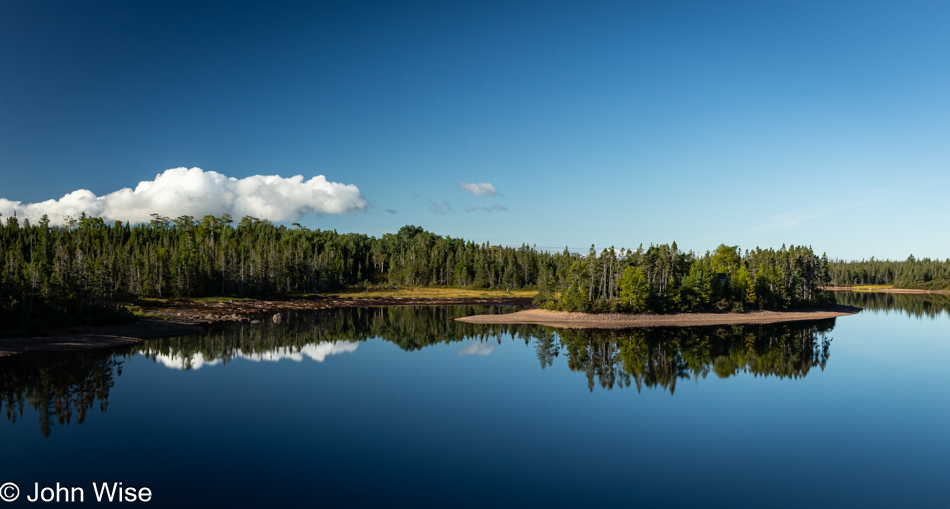
While looking at the map at today’s locations, I saw Reason #5 for our return to Newfoundland, which Caroline discovered yesterday: it was at Roddickton-Bide Arm on the eastern side of the Great Northern Peninsula and is known as the Underground Salmon Pools. Let your imagination work on that one. Anyway, we are still at Birchy Lake for obvious aesthetic reasons, that and the black bear that scooted quickly into the woods next to where I’d pulled over. Thinking better of getting out of the car so close where it might still be lingering, I drove back to the other side of the bridge we’d just crossed and took up a place there, not only gazing upon the perfectly still waters of the lake but also eyeballing the treeline across the way in the hopes that the bear would show its face. I never saw the bear again, but rest assured that its backside was a mighty fine example of bear butt.
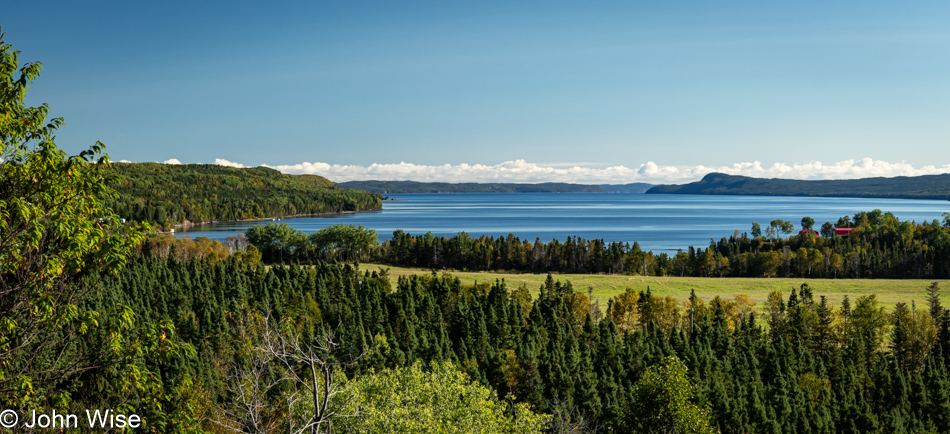
There’s an inherent danger when, after a vacation, I turn to writing these posts. (Of course, that’s if I fell behind while we were traveling, which I did.) That danger occurs when I turn to maps to study locations that may be visible in the distance of the image I’m writing for. That’s exactly what just happened; instead of isolating my focus on the Green Bay Overlook with a view of the arm of the sea that ends near South Brook, I let my eye wander and ended up exploring parts of the southern coast of Newfoundland. Actually, I fell off of Newfoundland into the sea and saw the islands of Saint Pierre and Miquelon, which, while served by ferries from Newfoundland, are not Canadian at all but French. After exploring the islands using StreetView, I’ve found Reason #6 for our return. Then, while not immediately obvious, if you zoom in on southern Newfoundland, you’ll find roads that lead down to Burgeo and Seal Cove, places I thought were simple place names without populations that might be visitable via watercraft. Nope, we can drive right on down there, but is this Reason #7, or should I lump it into #6 as it was part of drifting from the area I was supposed to be studying?
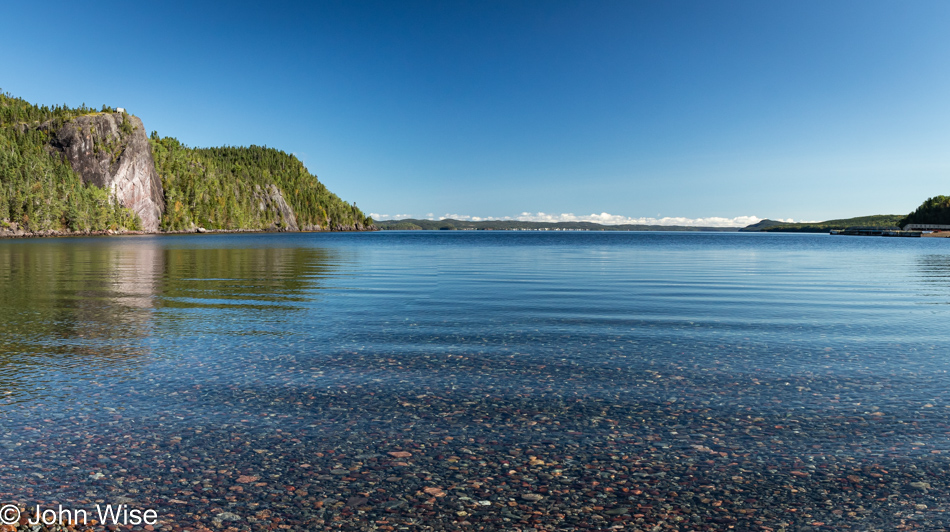
It was so pretty from afar that we had to get a better look, and the Trans Canada Highway we were traveling on led us right to Goodyear’s Cove Park; it was an easy and quick pull-off. There is some confusion going on here, so please, if any Newfoundlanders should read this, I’d swear that we read Green Bay Overlook on the previous photo, but my map sleuthing skills say this is Halls Bay, and though we are at Goodyear’s Cove Park, we are in front of Wolf Cove. If you are confused, so am I.

What is not ambiguous is that the water is crystal clear, and this must be a great place to camp, aside from the likely road noise that might be ever-present over the evening. Here I go again: I revisited the maps, looking for a campground farther north, but instead, I found more islands and a place at the end of a road over on Snooks Arm called Brent’s Cove. I’m starting to think it would have been advantageous to have finished all the writing I’d ever do about this vacation while we were still at each location because this post-travel exploration is having me project these images and memories on new locations that are convincing me that we must make every effort to visit the farthest corners of this island of Newfoundland.

The juvenile bald eagle on the lower branch is laughing at me and how easily distracted I am by the next shiny object, while the one above is giving me the side-eye and saying, get serious and stop daydreaming. There is serious stuff that needs to get done.
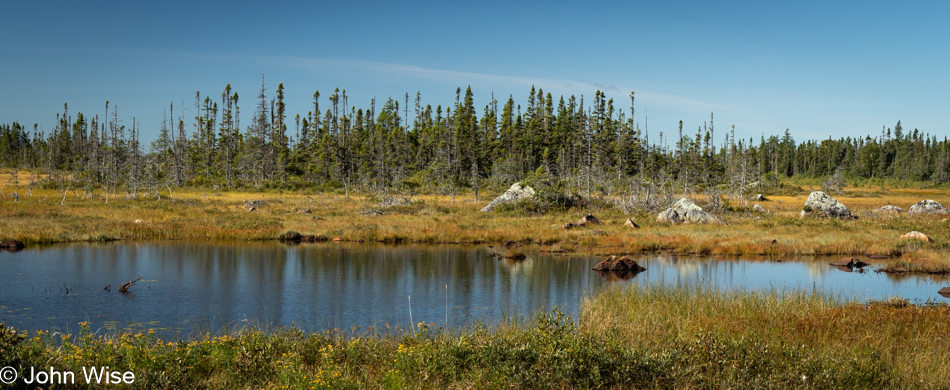
Go north for a while, go south, north again, then east, a little south, a bit north, and some more eastward stuff before more north. Is there a straight line on this island? This pond was near Rocky Brook, almost perfectly south of South Brook.

We weren’t back in the car 15 seconds before Caroline told me how much she’d like me to turn around, asking, “Didn’t you see that deep red tree?” I had, and maybe I wanted to ignore it, even though I, too, knew it was this side of incredible.
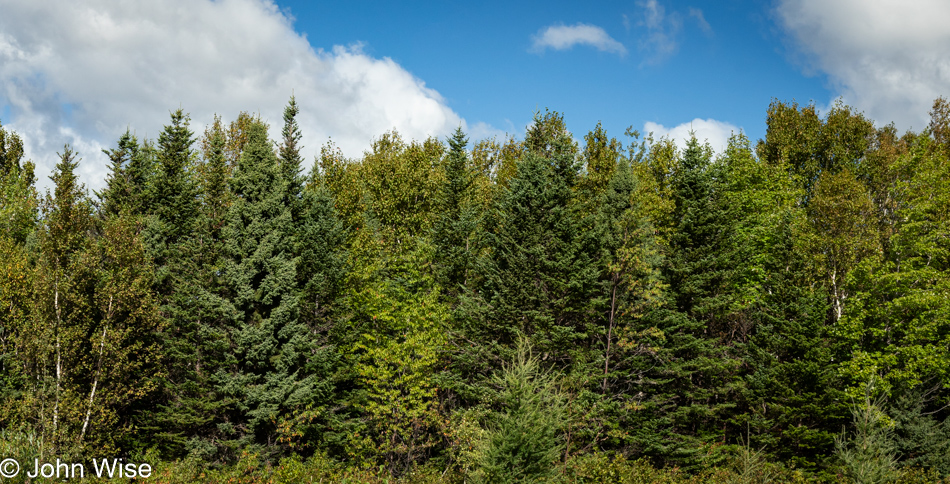
Not even a mile farther down the road, Caroline is voicing how she hopes she doesn’t forget how beautiful all the trees are, their layers, colors, density, and different tops. Believing this to be code for me, I stopped the car without her needing to demand it. I pulled over so both of us could get out to admire more trees.
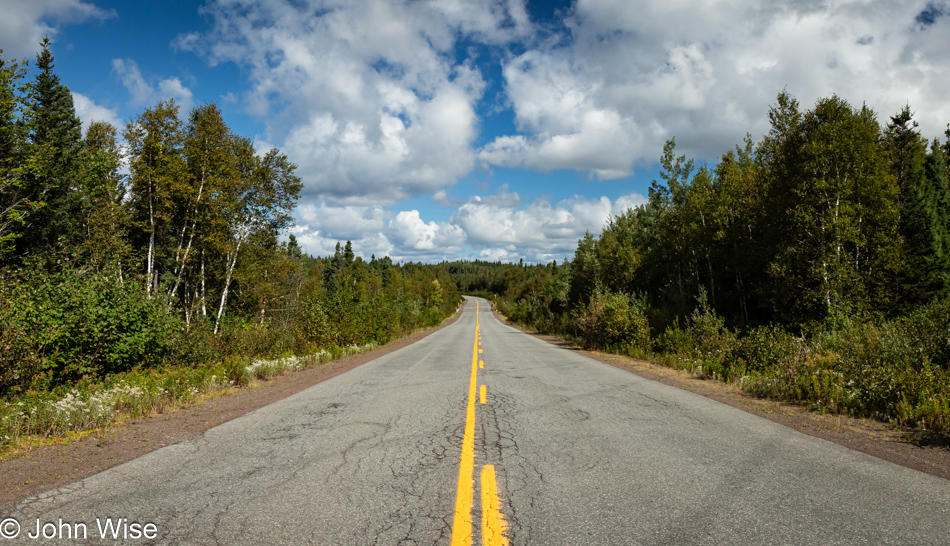
I don’t need a lot of persuasion to leave the TCH (Trans Canada Highway) and take the detour Caroline found on the map, which she assures me is a short loop back to the main road. With a lovely name, it was easy for her to find my agreement to travel a short distance on Rattling Brook Road.

Sure, this photo is a bit abstract, but the glass insulators were a novelty to us. If we have seen such things on previous trips, somehow they didn’t tug at our attention in the same way, or maybe it was the gorgeous blue and white sky coloring them in just this way that was the inspiration.

The loop might only be seven miles, but at the rate we are stopping, we’ll turn a 15-minute drive into an hour of investigating everything along the way, which I admit is one of the luxuries of traveling on a road nobody else seems to be using today.

We were nearly back to the highway before Caroline’s incessant whining about having passed the farmer’s market in Norris Arm convinced me, if only to stop the wailing next to me, to turn around for the excruciating two-mile drive back. Anything for the wife, right? I’ve got to admit that this return had a big impact on our vacation because it was here that we would leave with about 4 pounds of fresh partridgeberries, a jar each of pickled cabbage and spiced carrots, and a jar of cooked seal meat. The seal flippers that were being advertised were fresh, but there was no way they’d survive in our ice chest for the next two weeks before they’d be unpacked in Arizona. As for the fresh partridgeberries, a farmer assured us they would easily survive on ice. We were on top of the world and maybe a little apprehensive about whether we’d like the flavor of seal. Well, the Newfoundlanders love it; hopefully, we’ll understand why after we get home.
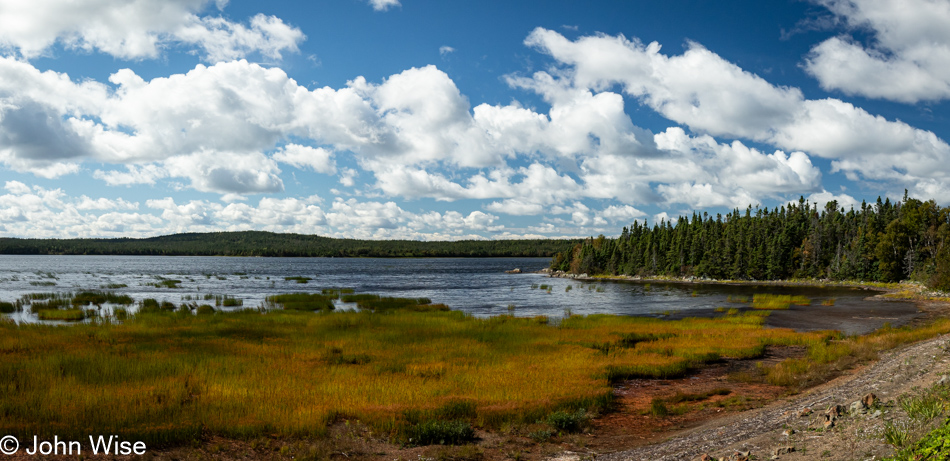
You’ll never be able to appreciate the glee, joy, and absolute delight Caroline was feeling at this location, knowing that she was at Loon Lake, a place honoring all loons, such as herself.

This is the line at Farewell Harbour for the ferry to Fogo Island, and from the title of today’s post, you should already know that this means something was going to fail with our plans for an overnight stay. One of the ferries that works the route broke down, creating a huge backup, meaning that it would be at least six more hours before we arrived on the island and that by that time, between 9:00 and 10:00 p.m., it would be impossible to get something to eat. Then we had to consider that even if we broke open our jar of seal meat and spiced carrots, we’d still have to contend with the possibility that leaving the island might be just as difficult, and that would put us in a bind of reaching our next destination in a reasonable amount of time. So, we called the Airbnb host to explain the dilemma. She was gracious and understanding enough to let us bail out on our commitment. I can’t imagine the trouble this unreliable ferry must cause for the $2,000-a-night Fogo Island Inn, with a two-night minimum stay when guests spending thousands to be there can’t reach the island in a timely way.
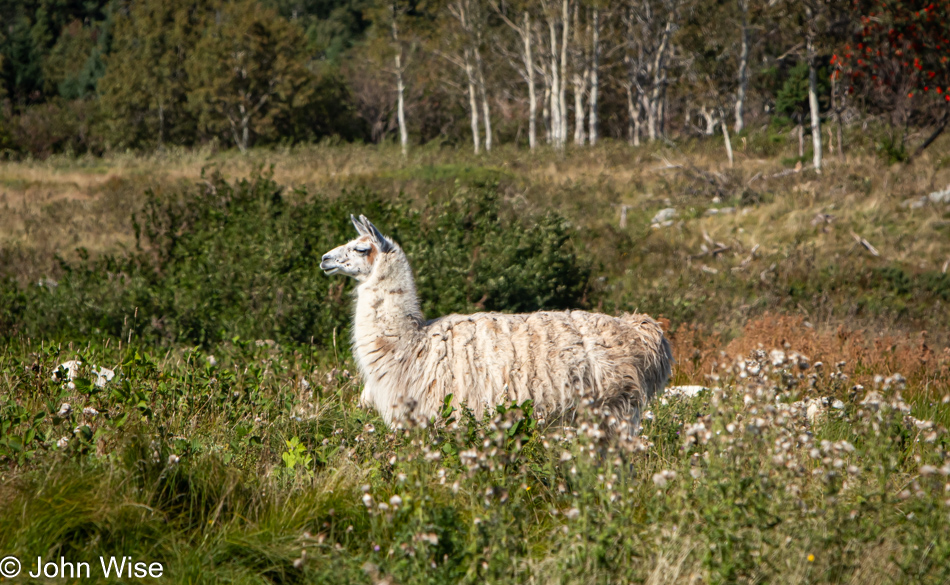
Distraught at losing this lifetime opportunity to visit Fogo Island, we consulted the frolicking Magic Llama of the Newfoundland Heather as to what our course of action should be. With simple and clear instructions, it pointed west and blinked four times, signifying we had to cross over the water to a fourth island from where we sought this guidance and then telepathically flashed the word Twillingate into both of our minds. We understood our new course and set the proverbial sails for points unknown. A new adventure was upon us, and the disappointment of missing Fogo Island was dissipated, thanks to Magic Llama.

We crossed over the uninhabited Chapel Island onto New World Island, where we thought we were about to enjoy some lobster in Hillgrade at the Sansome Super Lobster Pool. With the name lobster featured so prominently, it seemed obvious that we’d be eating lobster, right? Well, this close to the end of the season, there was no lobster to be had from the super pool, and though the host assured us that the fish and chips were awesome, we maintained our resolve to find something better. Plus, it’s ugly confession time; on the way to the ferry earlier, hungry for lunch and without any other options, we stopped at a McDonald’s, giving in to the incessant advertising for the new Big Arch, their Biggest Burger Ever, and the biggest culinary mistake of our vacation. Hours later, the tangy sauce was lingering as though it was mocking us for falling for an advertising campaign that proved effective against our puny minds.

Leaving one island for the next, this time, we were heading to South Twillingate Island.
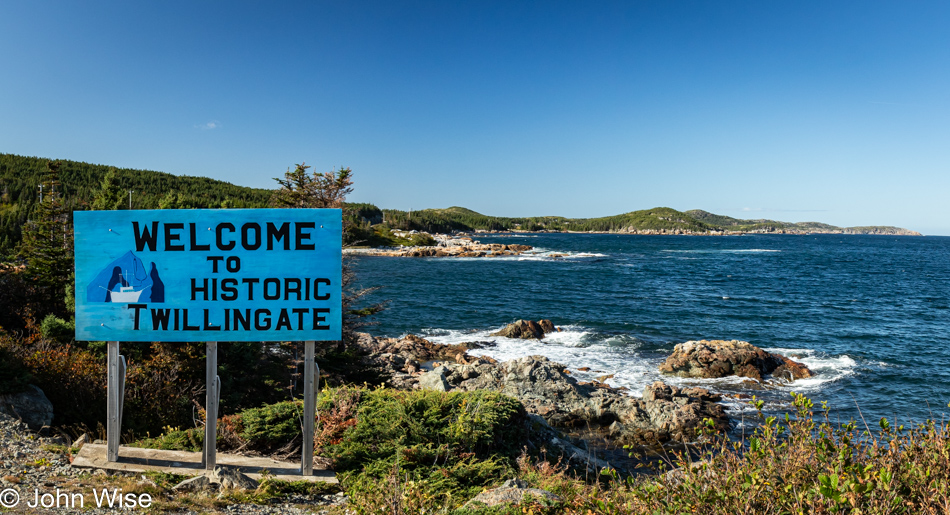
The rugged rocky shore, small waves breaking into white, frothy surf on top of the blue sea under blue skies, and the lush green island separating it all lend significance to a spectacle of beauty that has this welcome to historic Twillingate feeling heartfelt.

The Prime Berth Twillingate Fishery & Heritage Centre was already closed as we were passing by, which was unfortunate as we’d loved to have checked out the whale bones. While they are interesting to us, this does not rise to the level of bringing us to Reason #7 for a return. So you understand, we will require 12 solid reasons for our return unless I change that criteria to six should I fail to get the Maritimes out of my head.

Halfway, give or take a bit, between South Twillingate and North Twillingate.
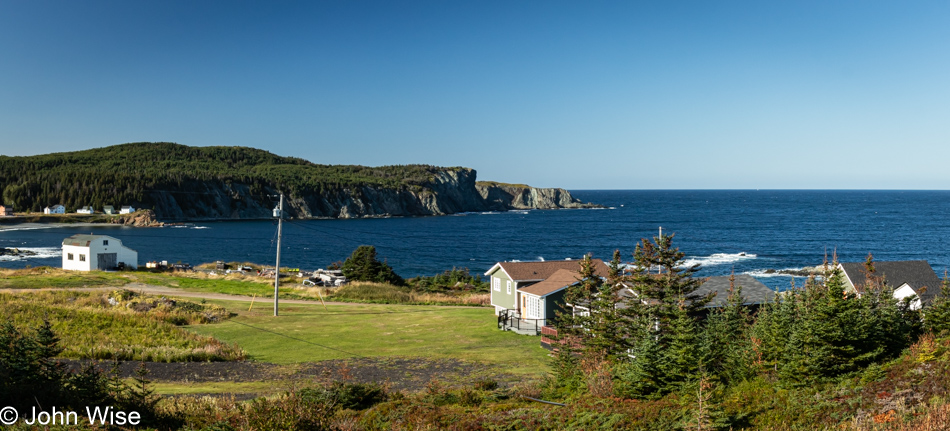
View of the Little Wild Cove from North Twillingate, our fourth island on this trek.
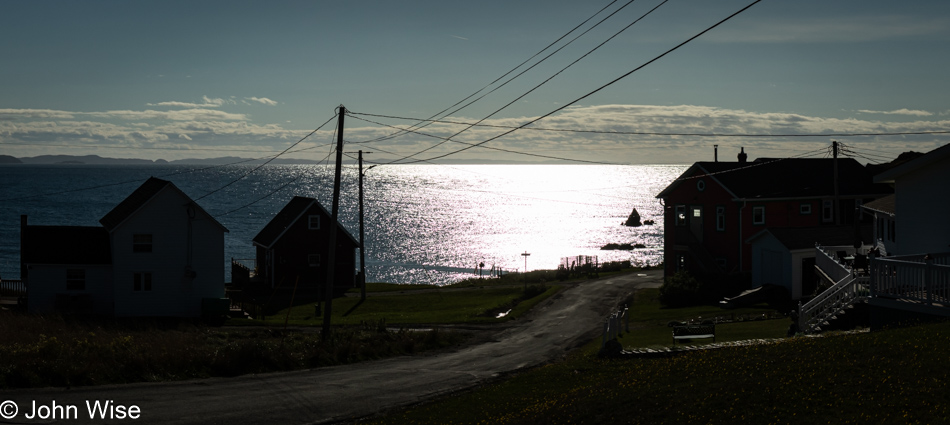
These accumulations of experiences, sensations, images, and memories gather a momentum that, when framed within a filter of exuberance, can have the effect of convincing us that we’ve peered into a corner of the universe where we can convince ourselves that we’ve experienced a kind of perfection demanding our return. This is often most obvious after visiting places like Disneyland, tropical islands, and deeply historical locations such as the Vatican, Rome, Athens, or Machu Picchu. Maybe tragically, this attraction and encounter with the ideal can persuade people that they no longer want to risk not experiencing the same thing again, and so they return over and again, looking for a repeat of that treasured experience. Something within Caroline and me has allowed us, maybe spurred us on, to risk disappointment while hoping for an outcome that will give value to our investment in going to new places, which is certainly happening here in the Maritimes.
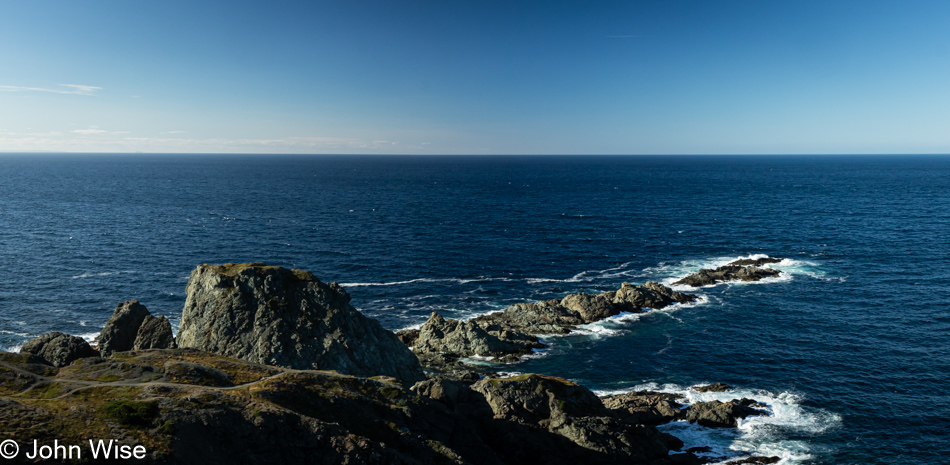
We’ve reached the end of the road; we can go no further. Somewhere out before us and across the Labrador Sea is Greenland, and if we turn our gaze slightly to the right over the Atlantic Ocean, Ireland can be found on a very distant horizon.

Is it just me, or does the Long Point Lighthouse at Crow Head look like a vintage square milk bottle?

Seeing that we’d not be sleeping on Fogo Island and getting a room out here in Twillingate would cut our time at the Terra Nova National Park, we decided to take advantage of being able to be farther along on our journey in the general direction of the park and turned our focus on pushing on to Gander for the evening. From our perspective, arriving after dark, Gander has very little to offer. Take a gander at the top things to see or visit in Gander, and you’ll notice that it’s mostly nothing. I don’t mean to diss the town; it seems to be there primarily due to its airport and its purpose during World War II and hasn’t found another reason to exist since then aside from being a stopover for those traveling the Trans Canada Highway. It did provide us the opportunity to eat at Jungle Jim’s Bar & Eatery, which we’d seen plenty of advertisements for during our short time here in Newfoundland, probably because they have a couple of dozen locations spread out between here, New Brunswick, and Nova Scotia.

